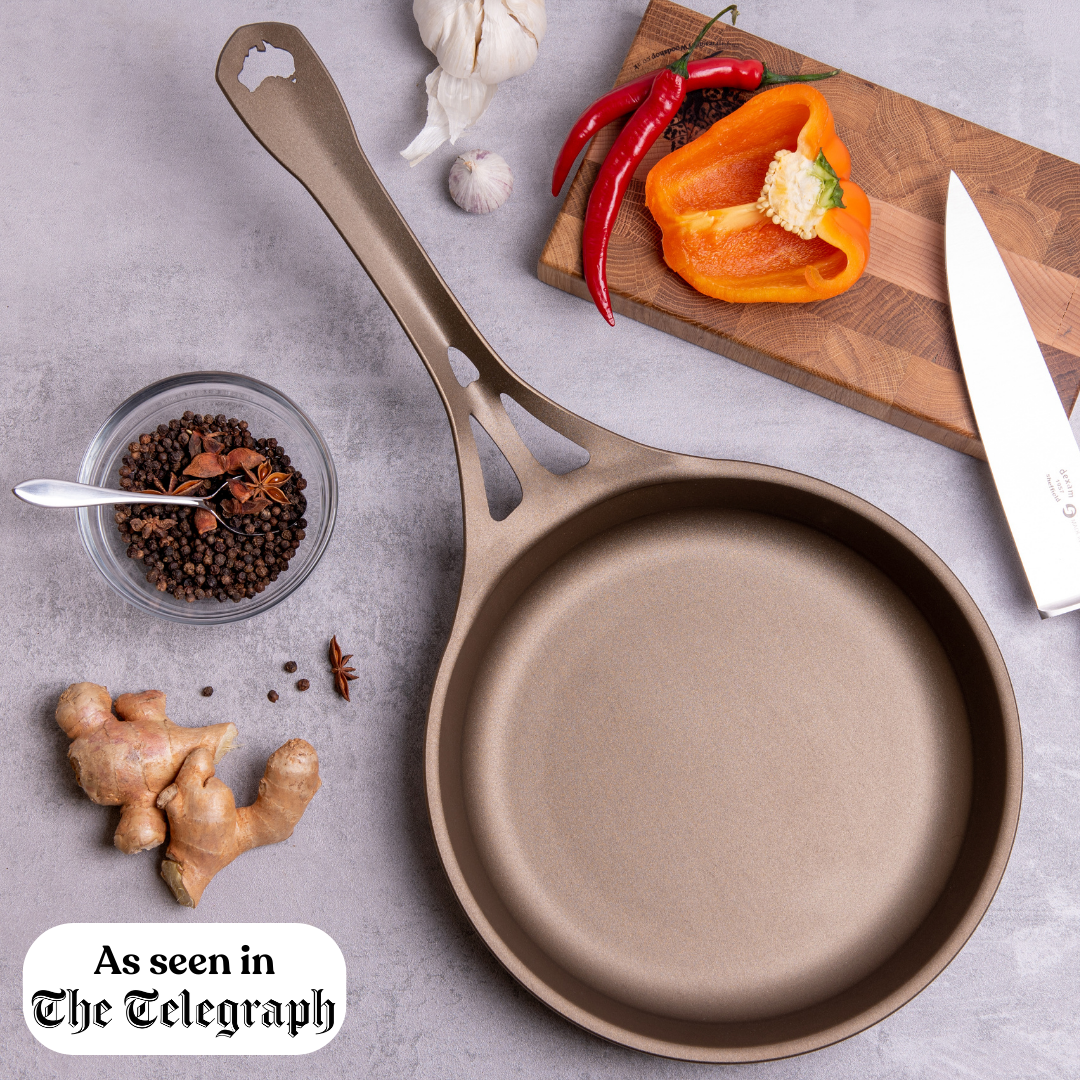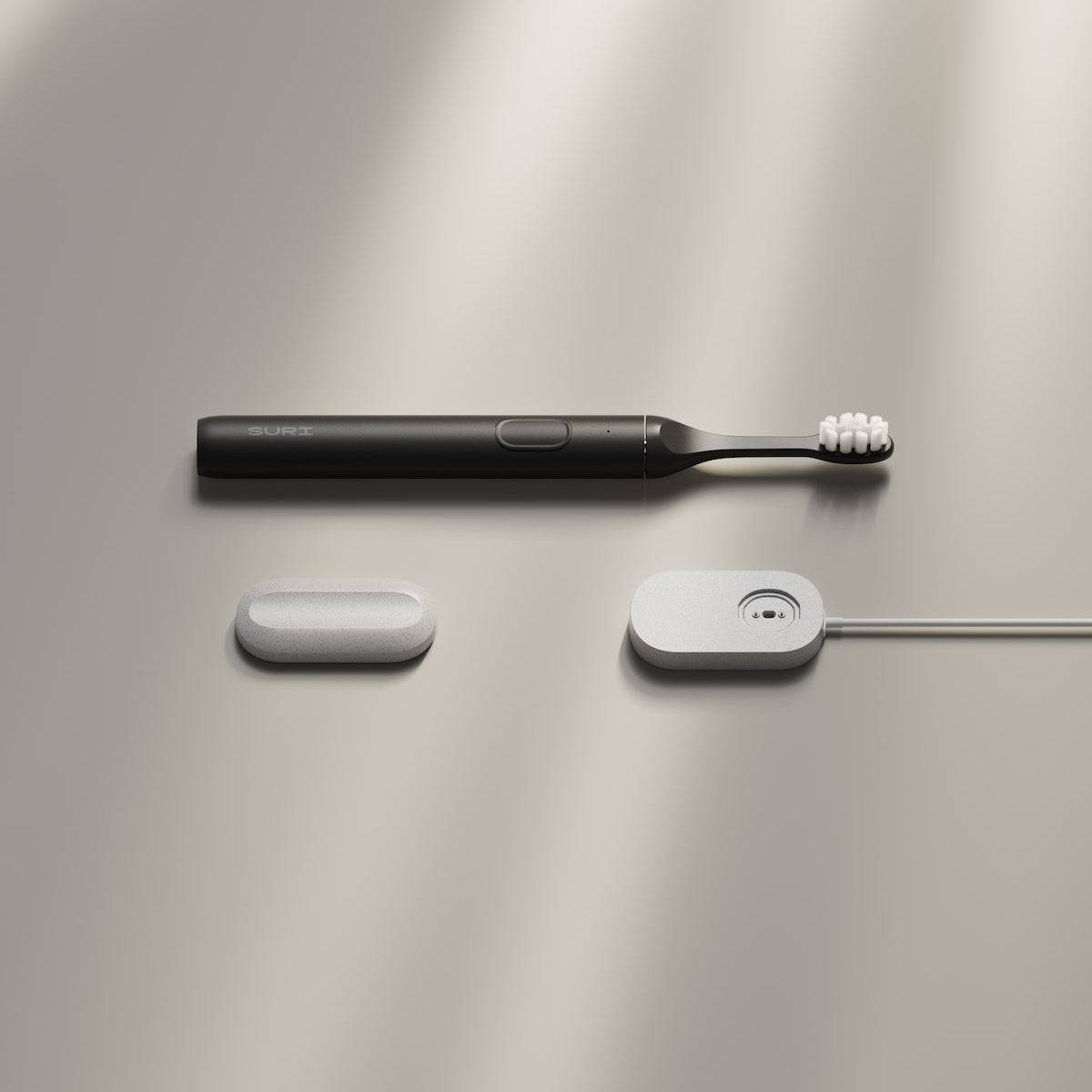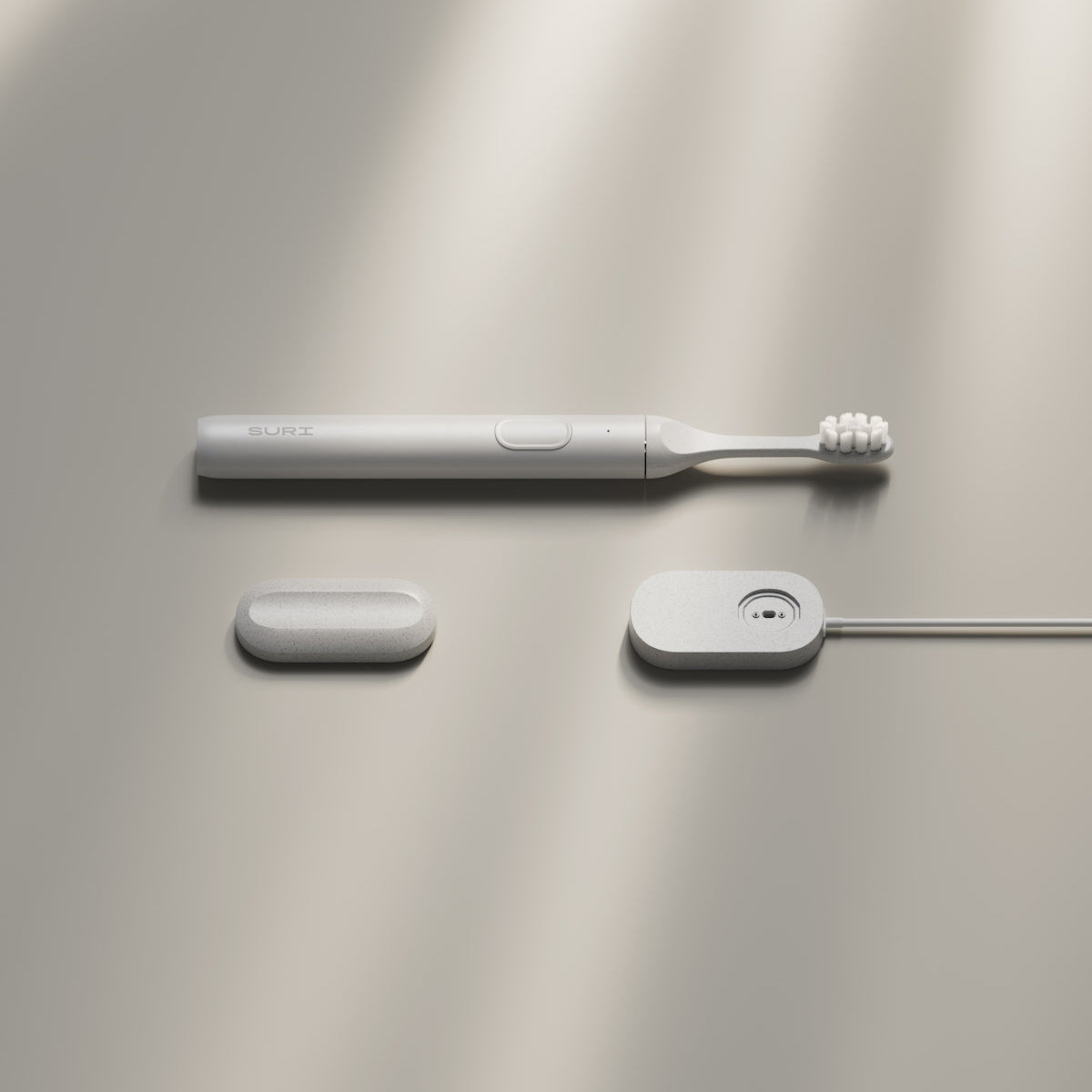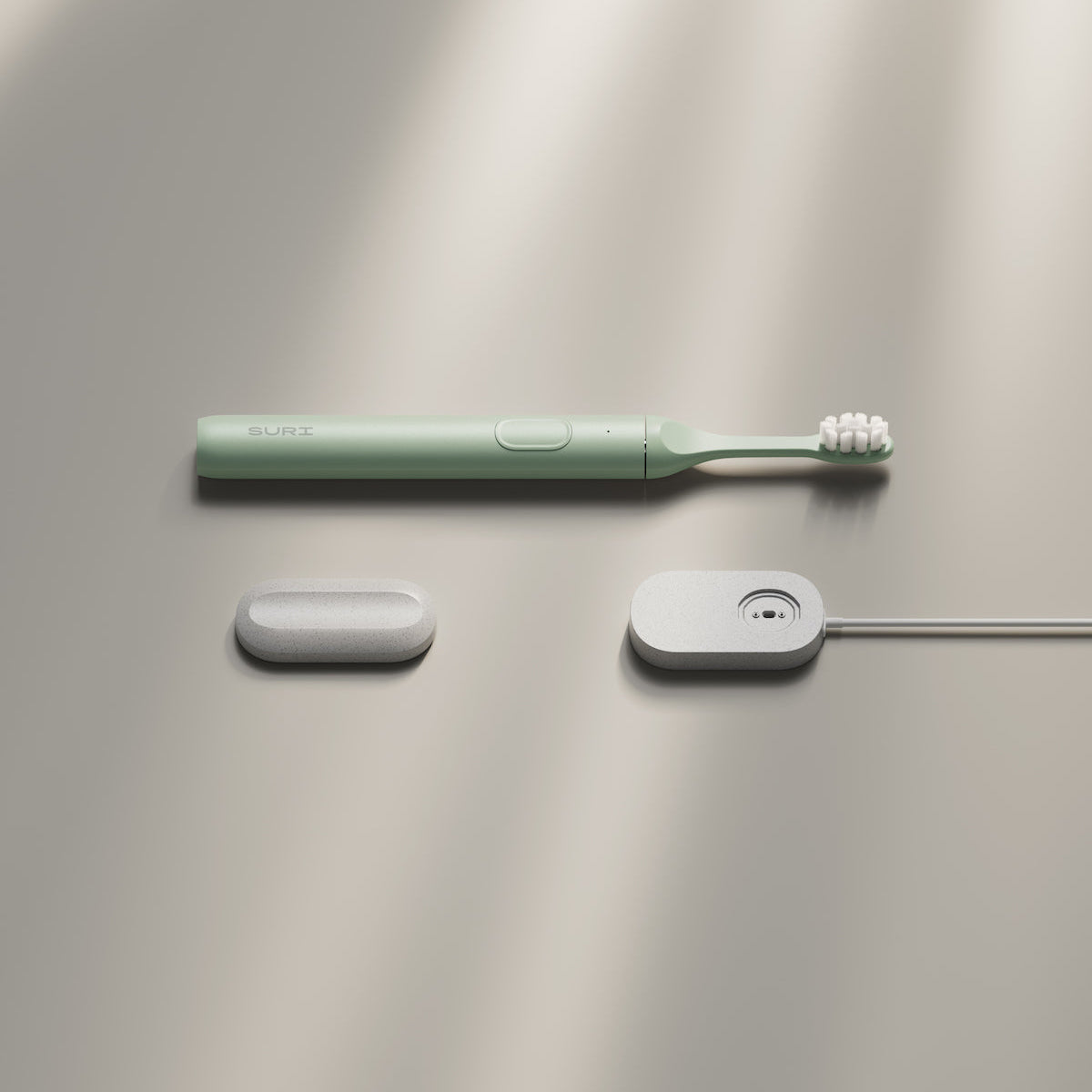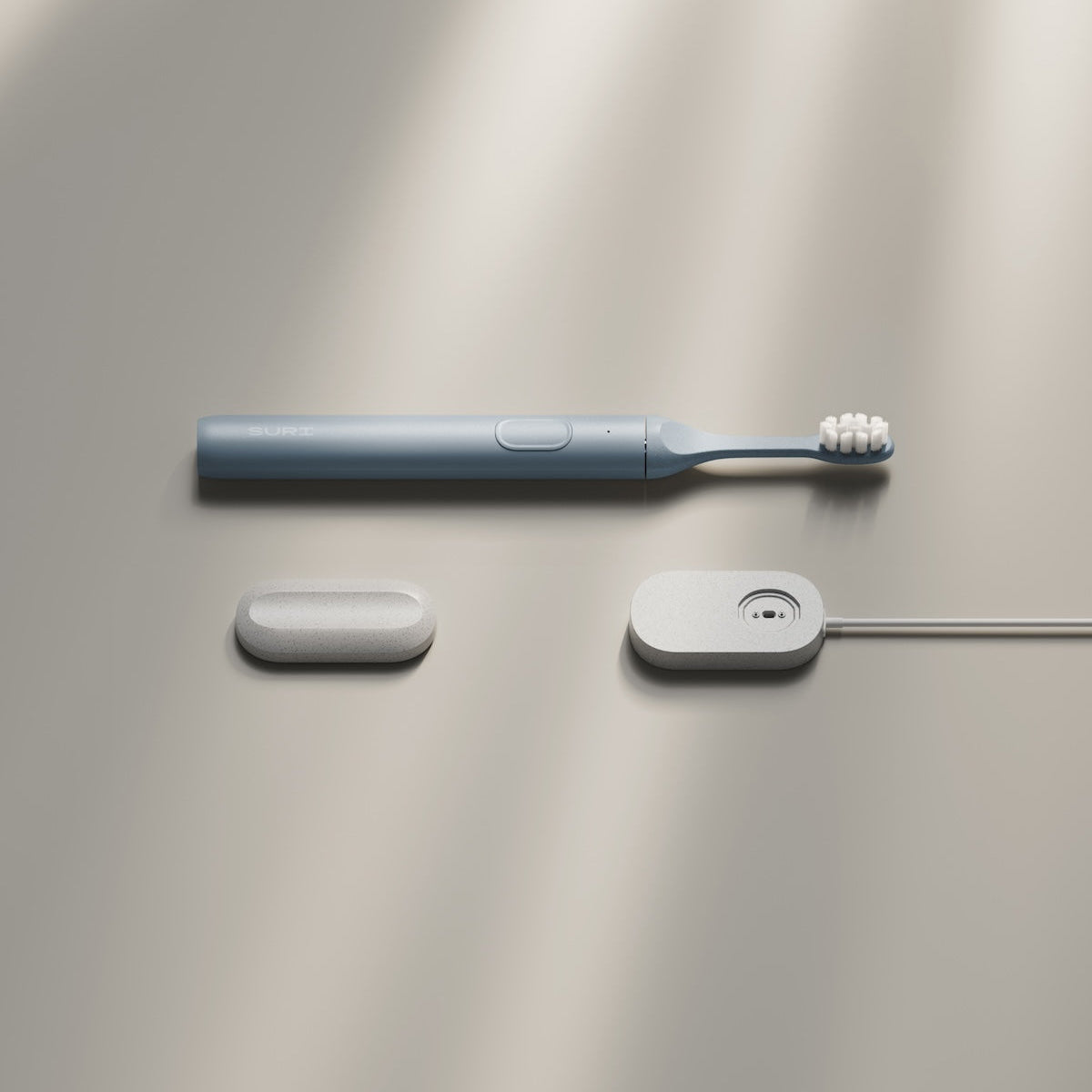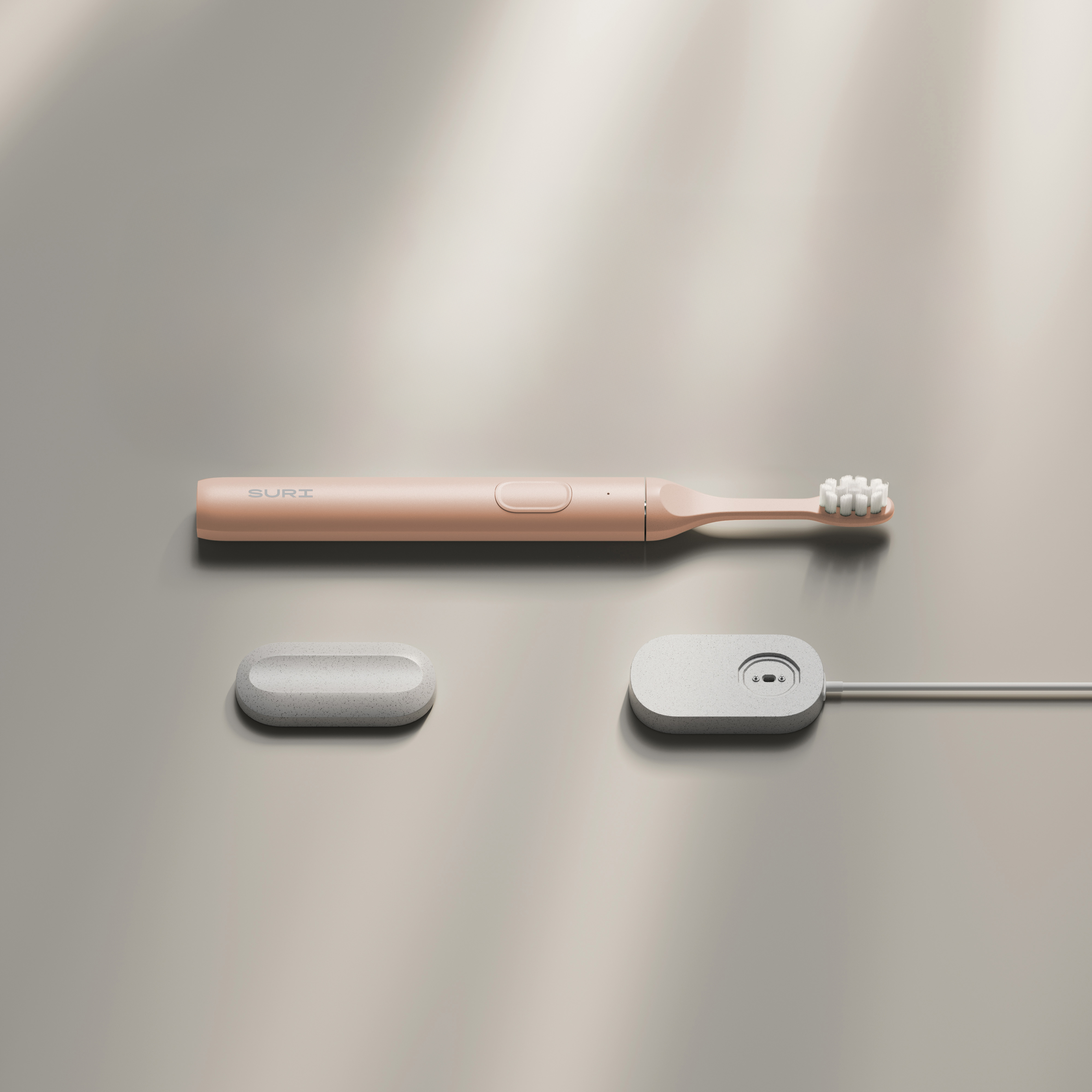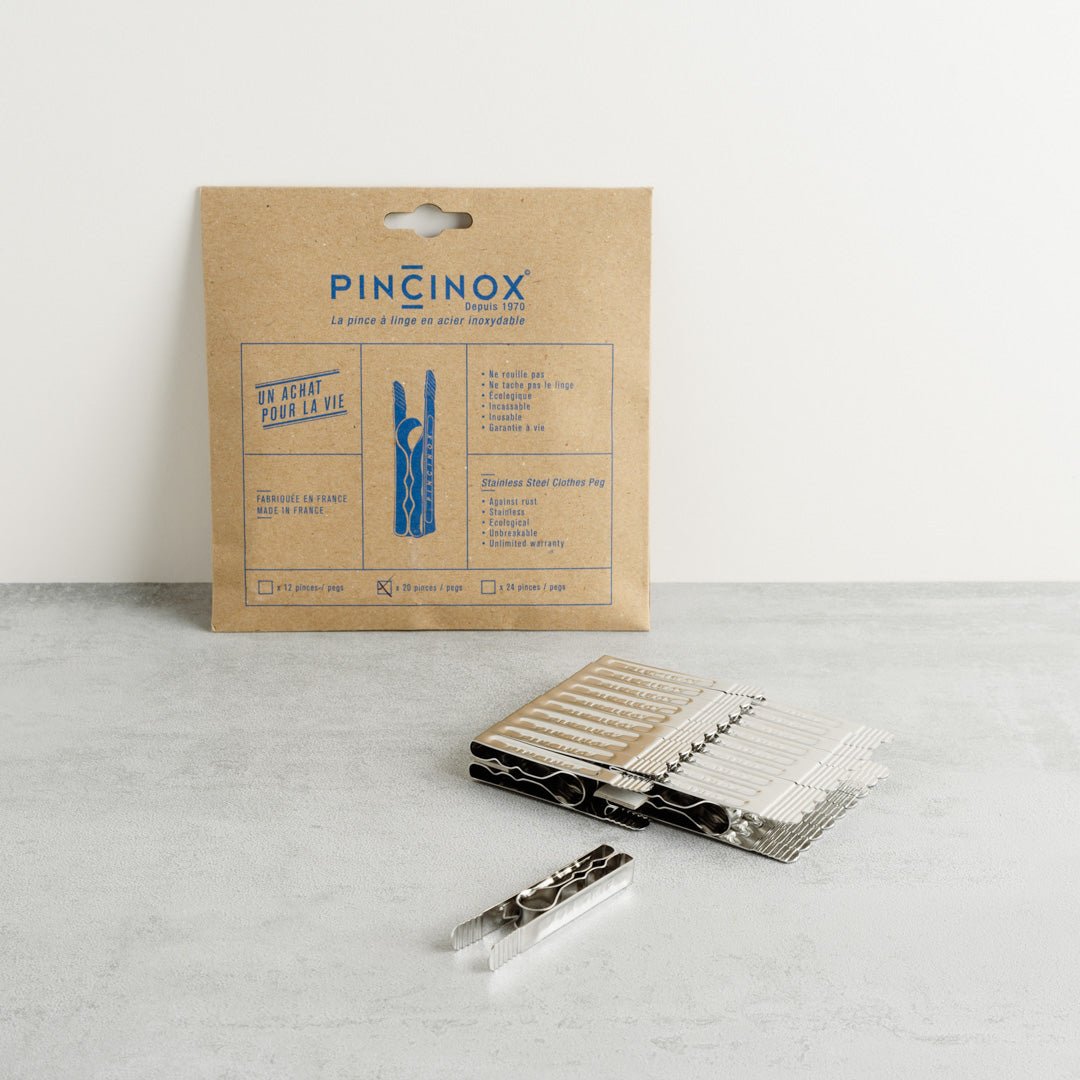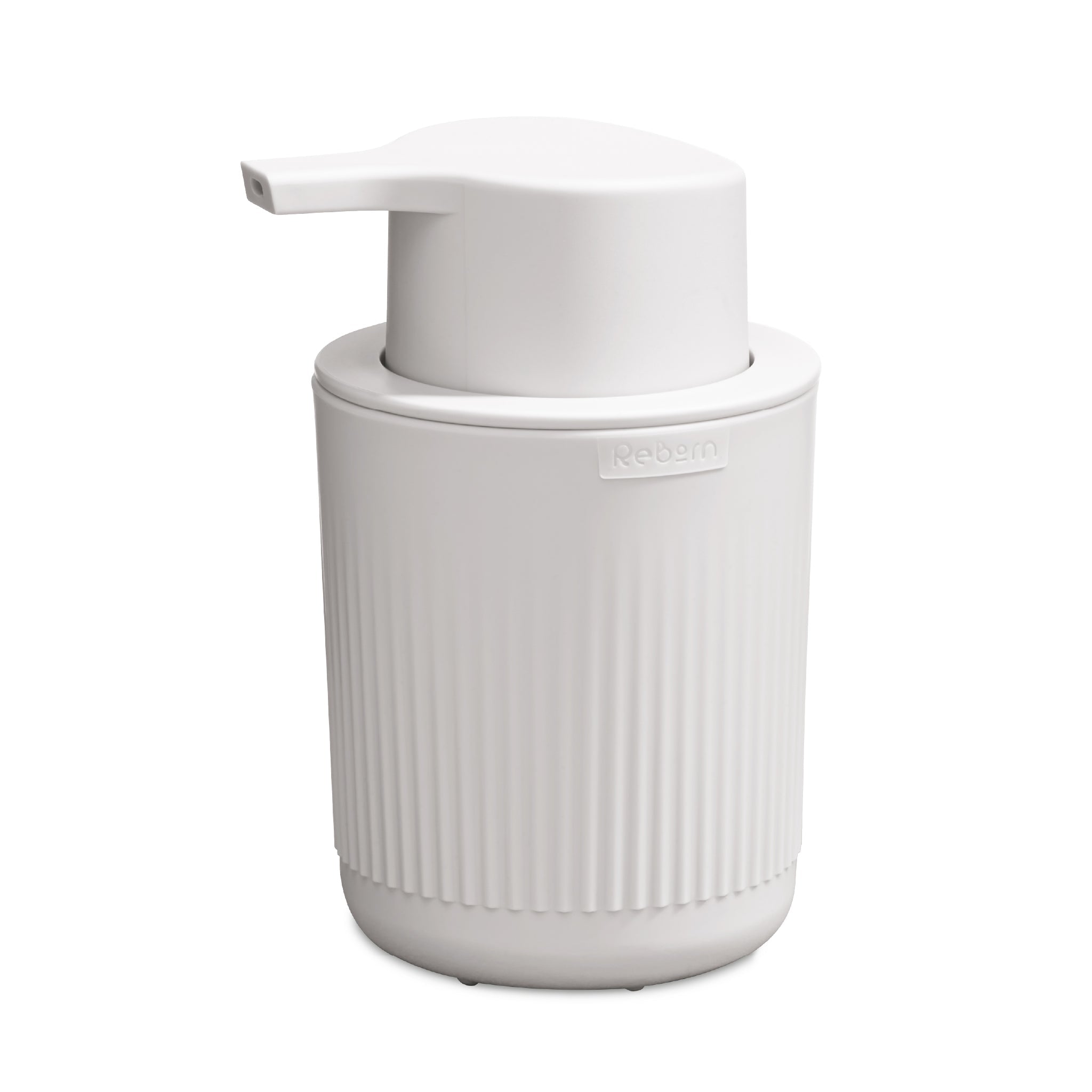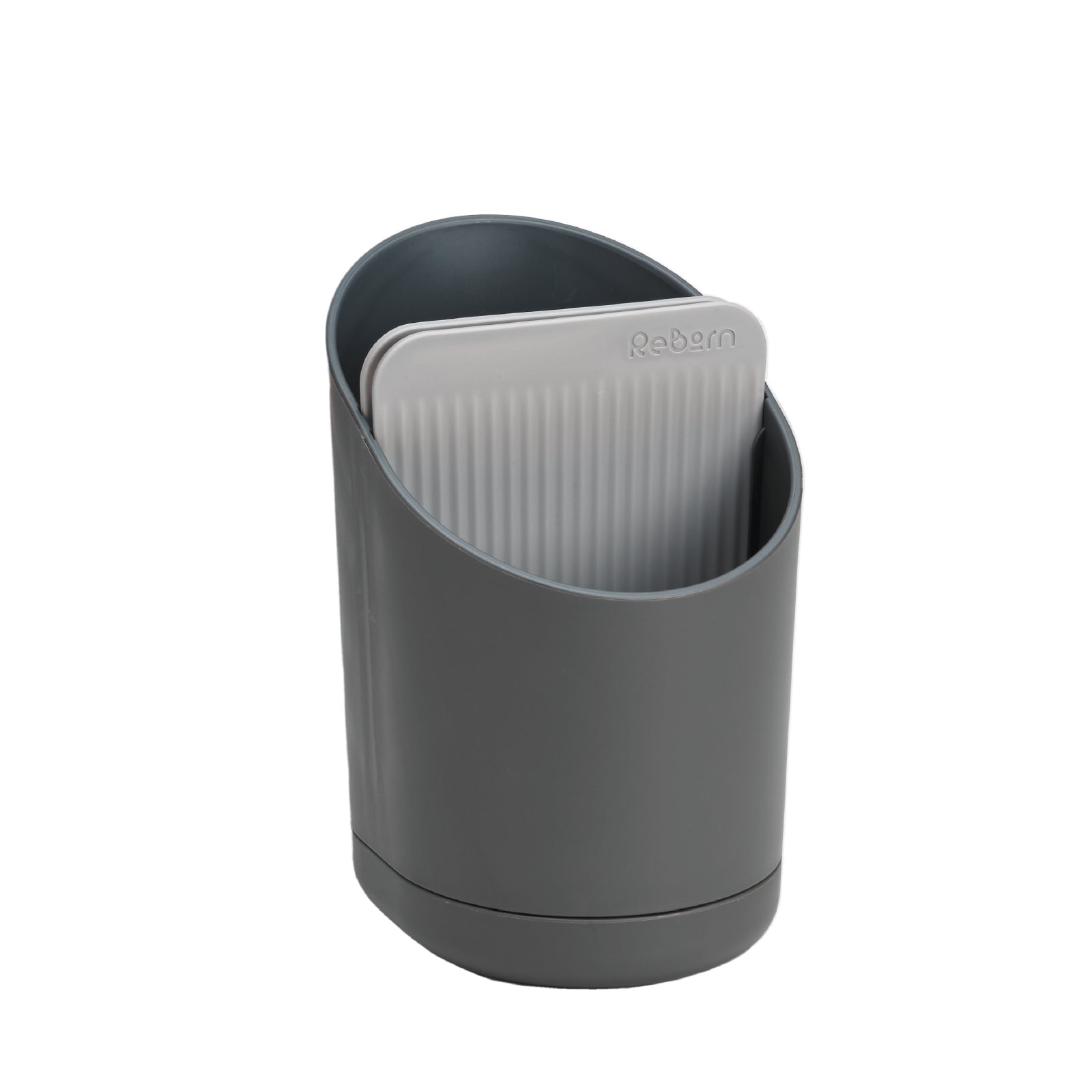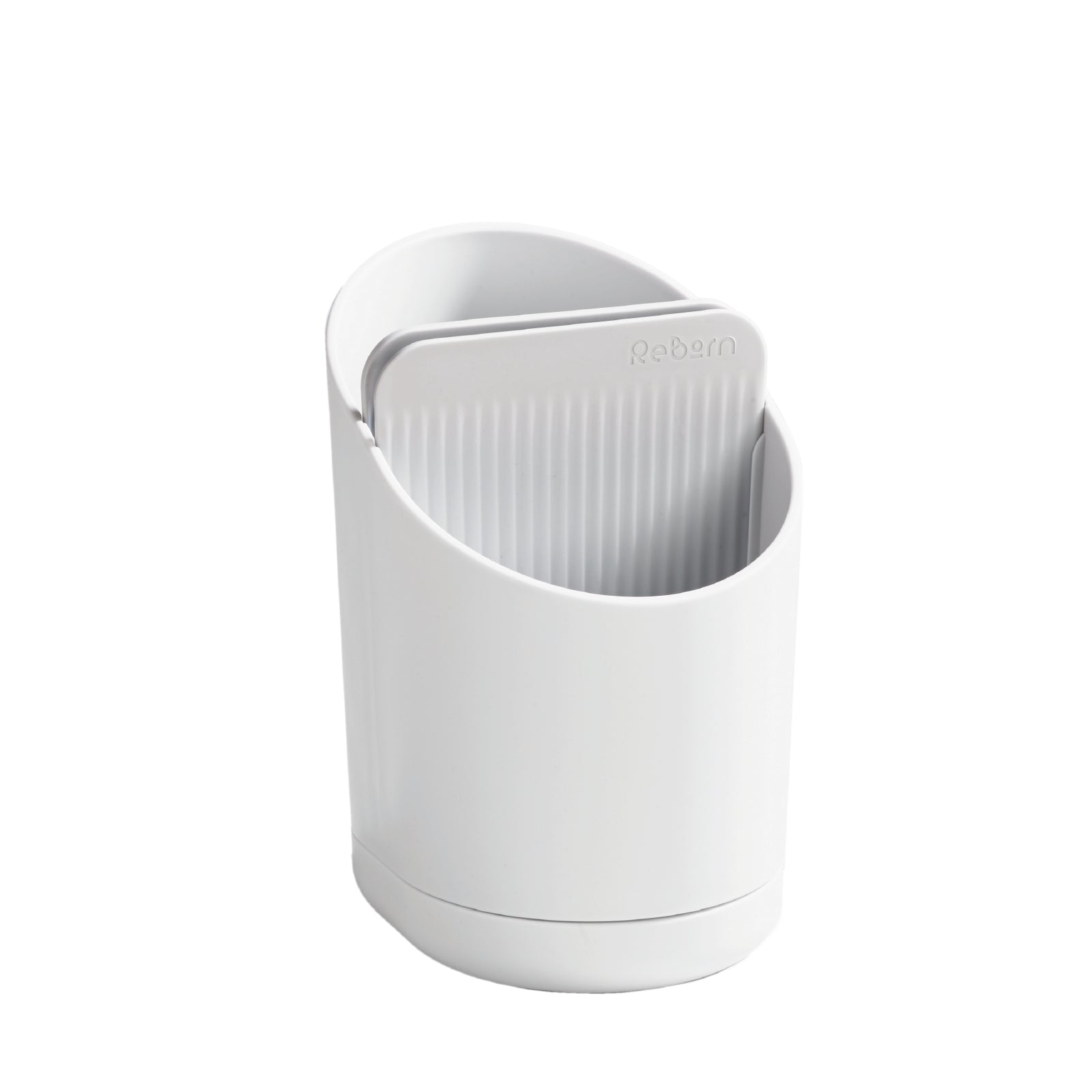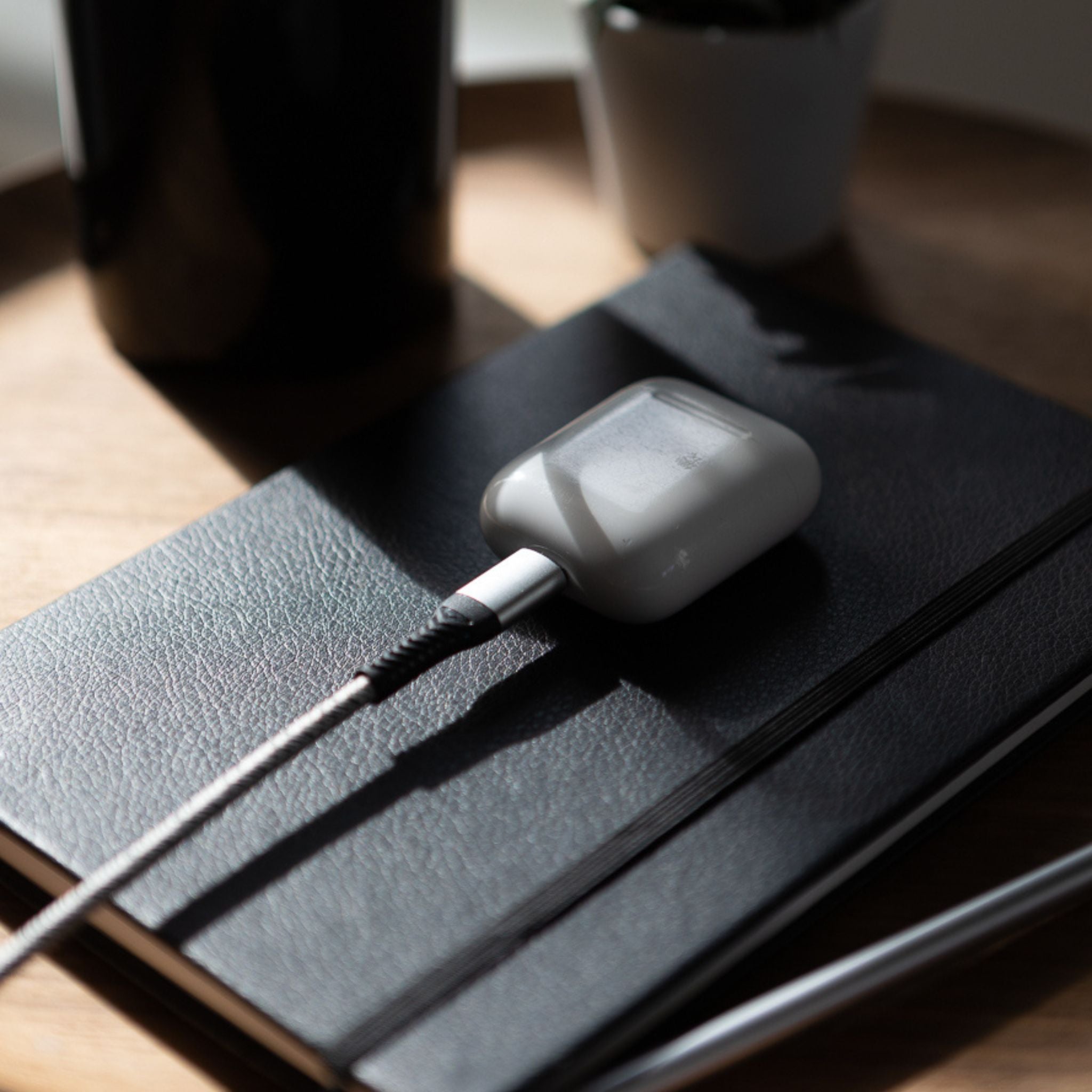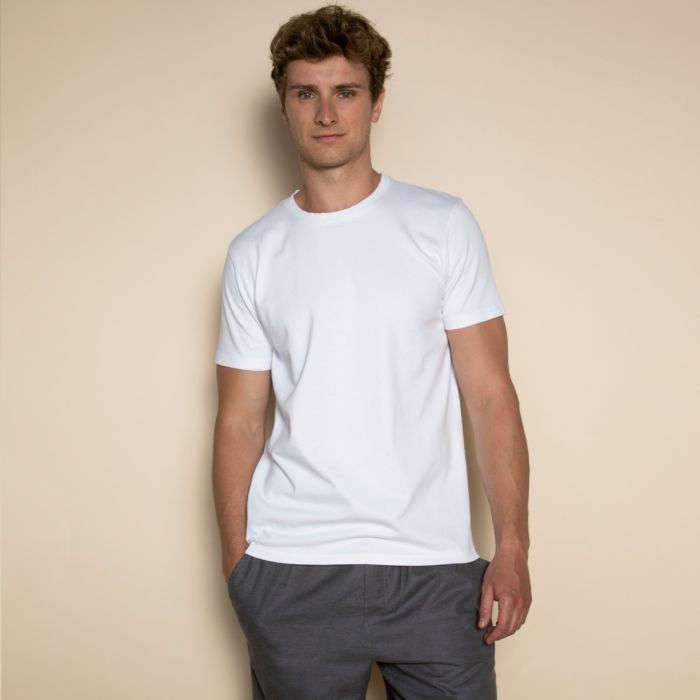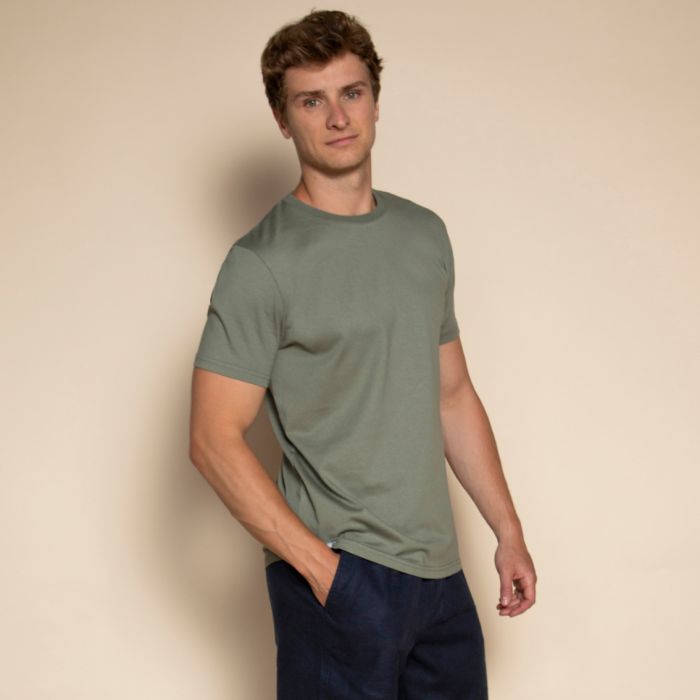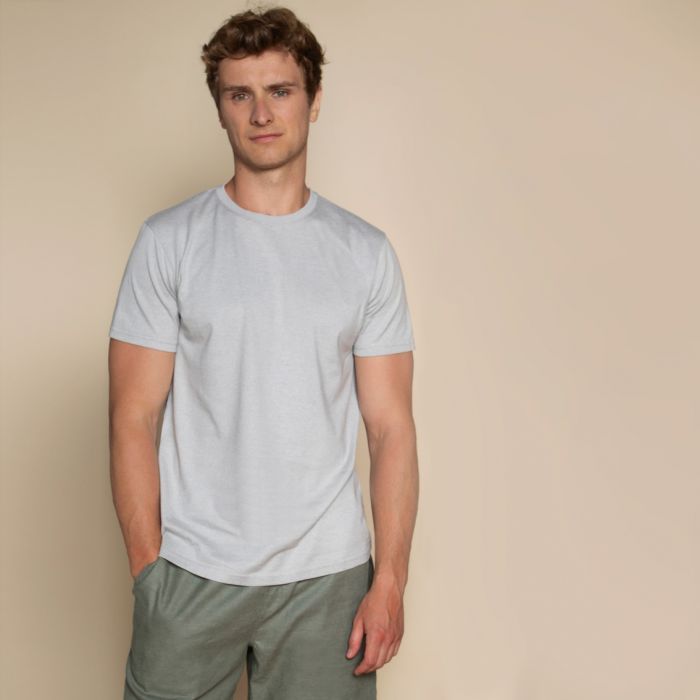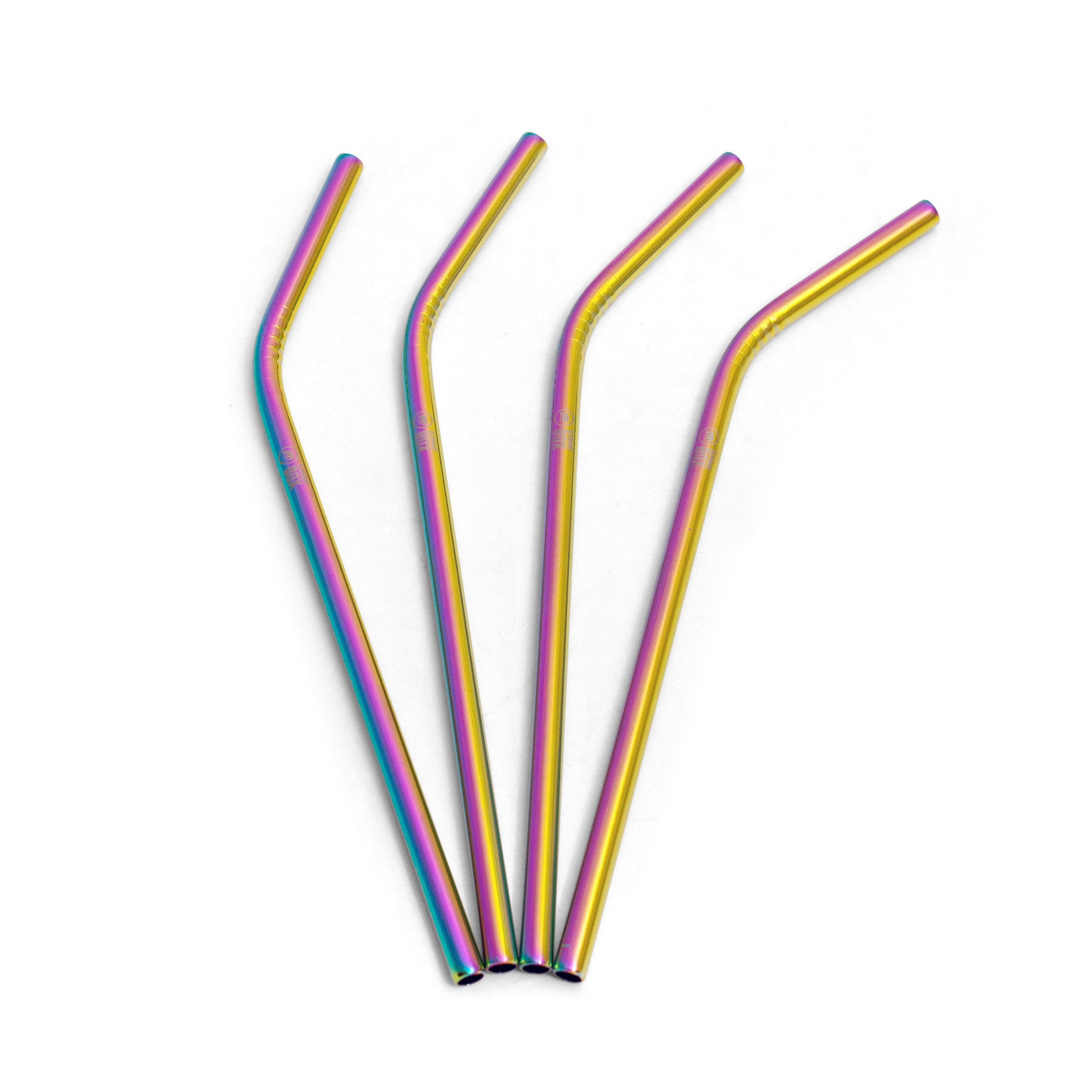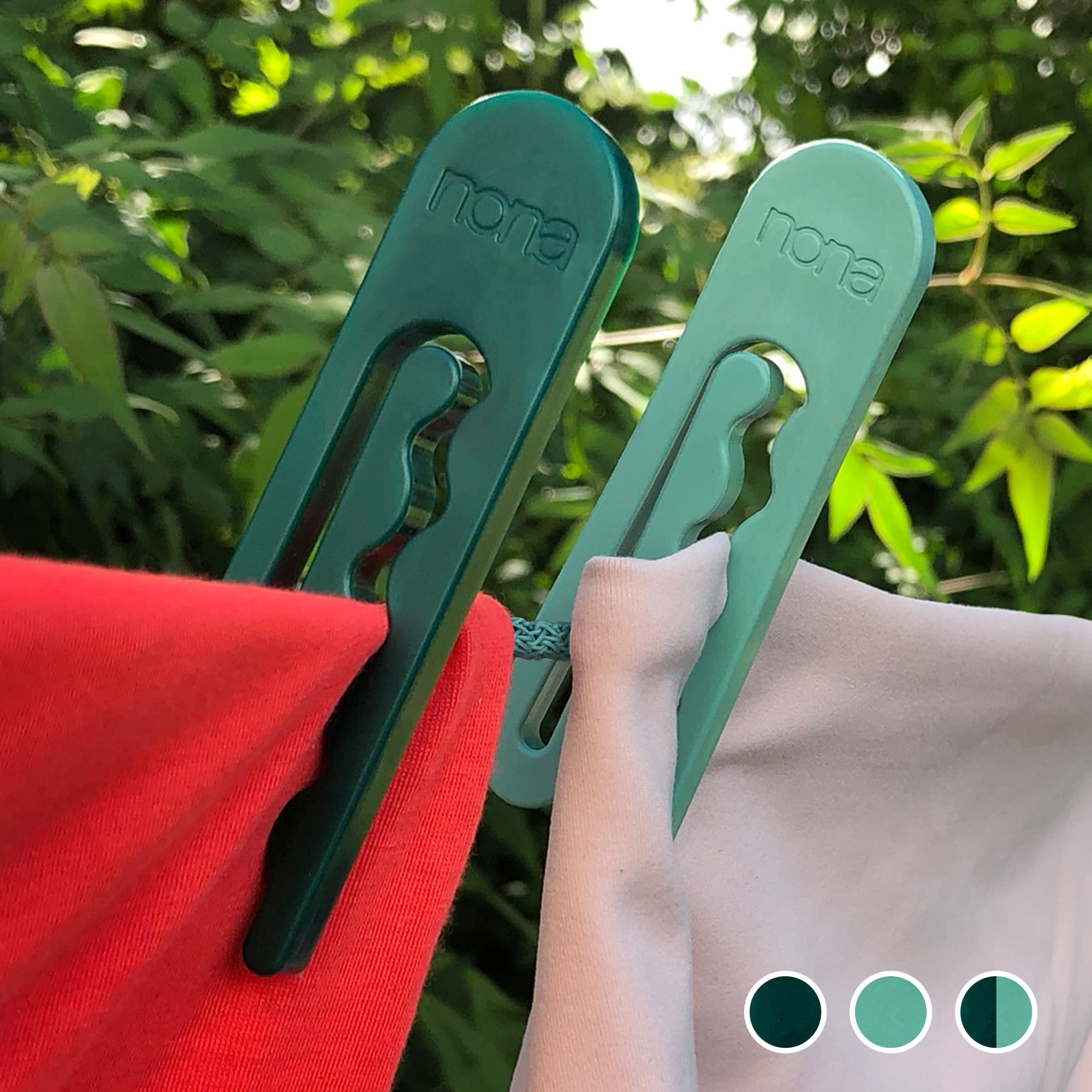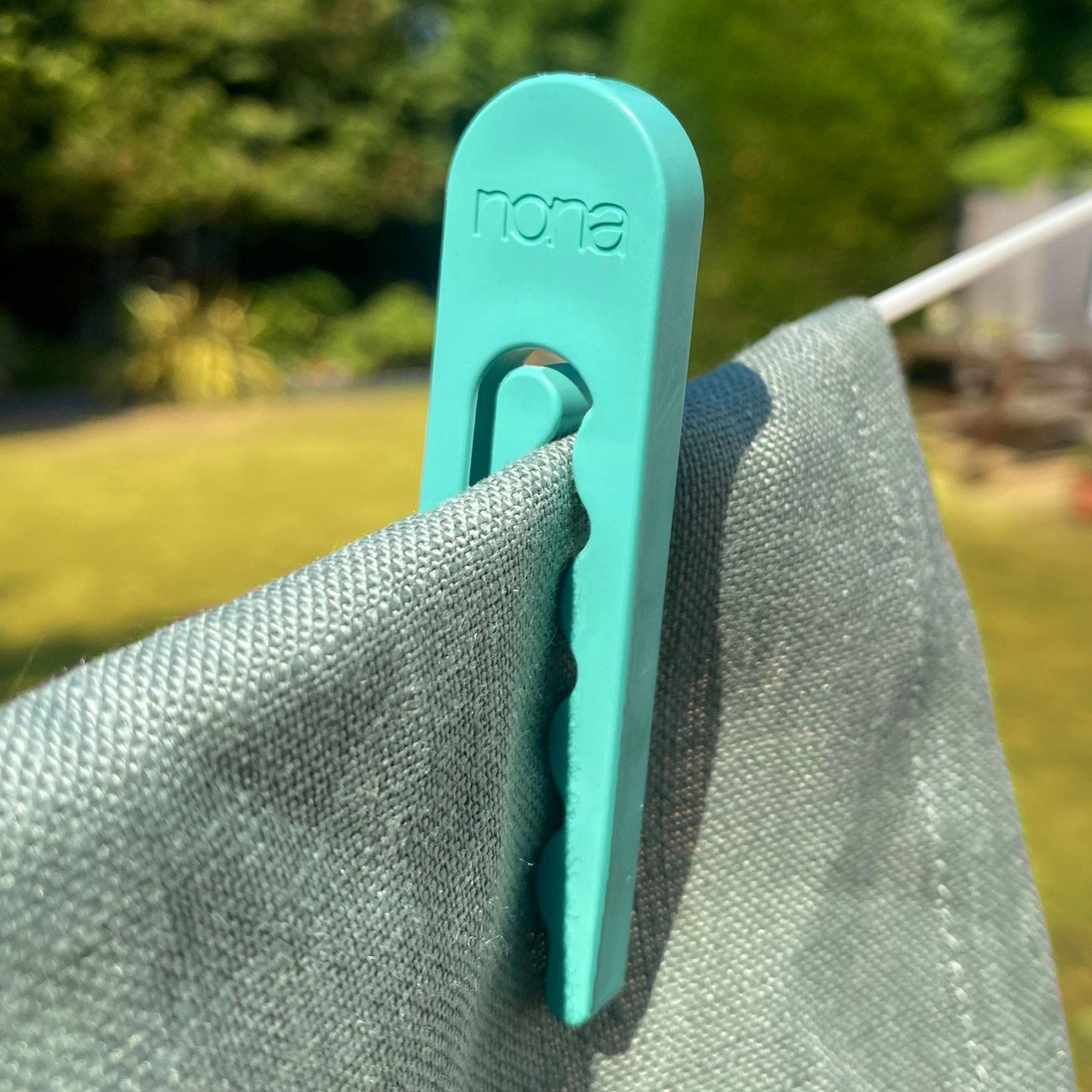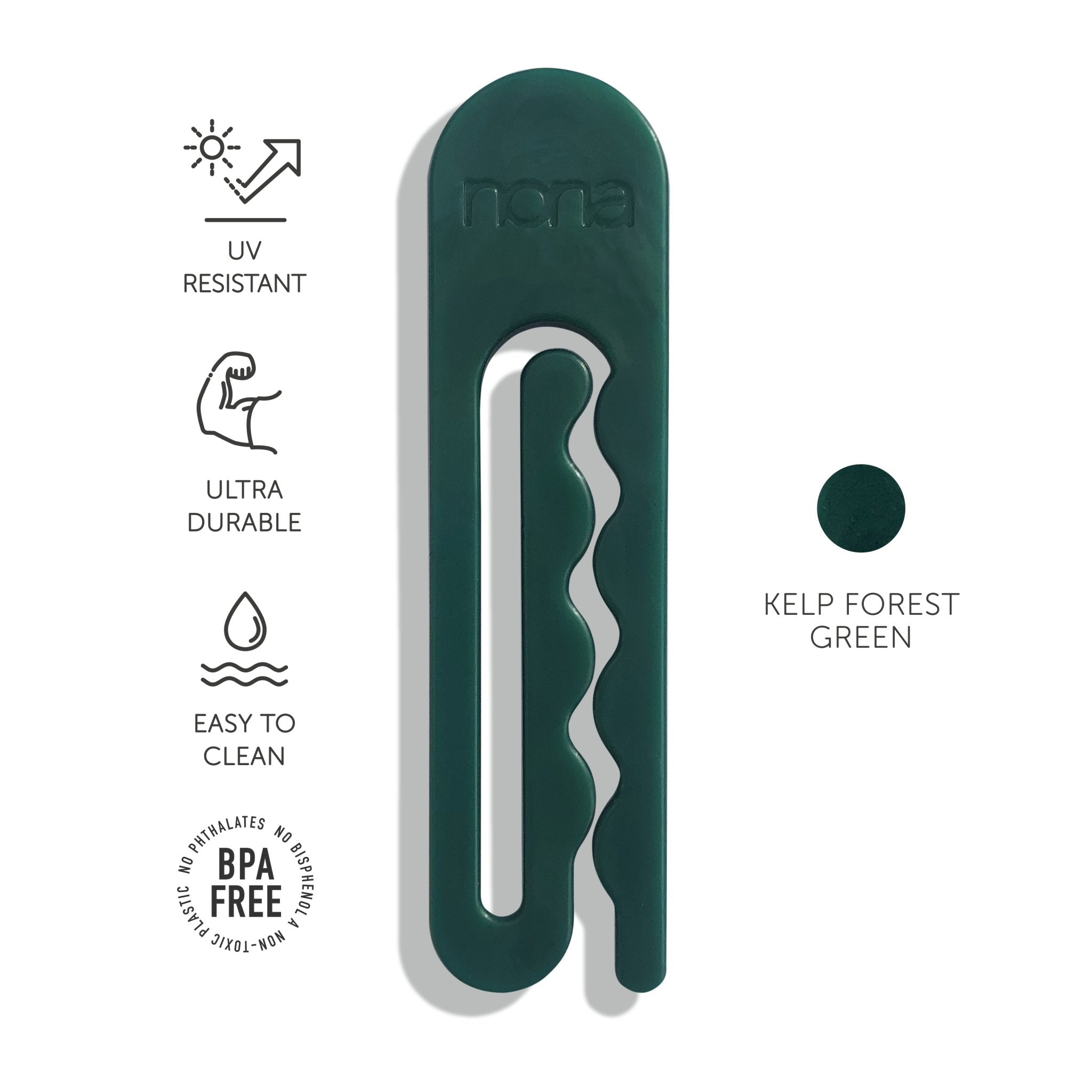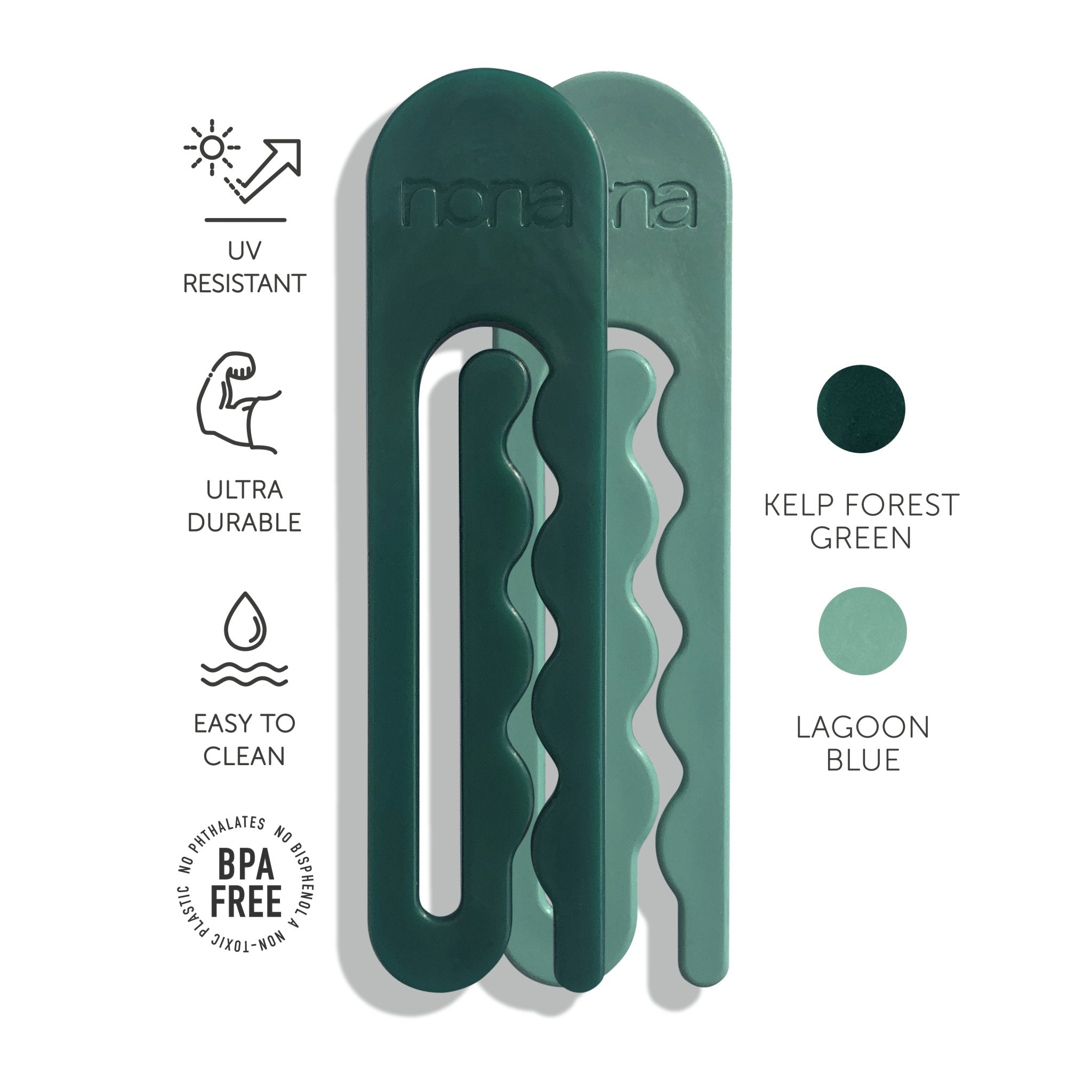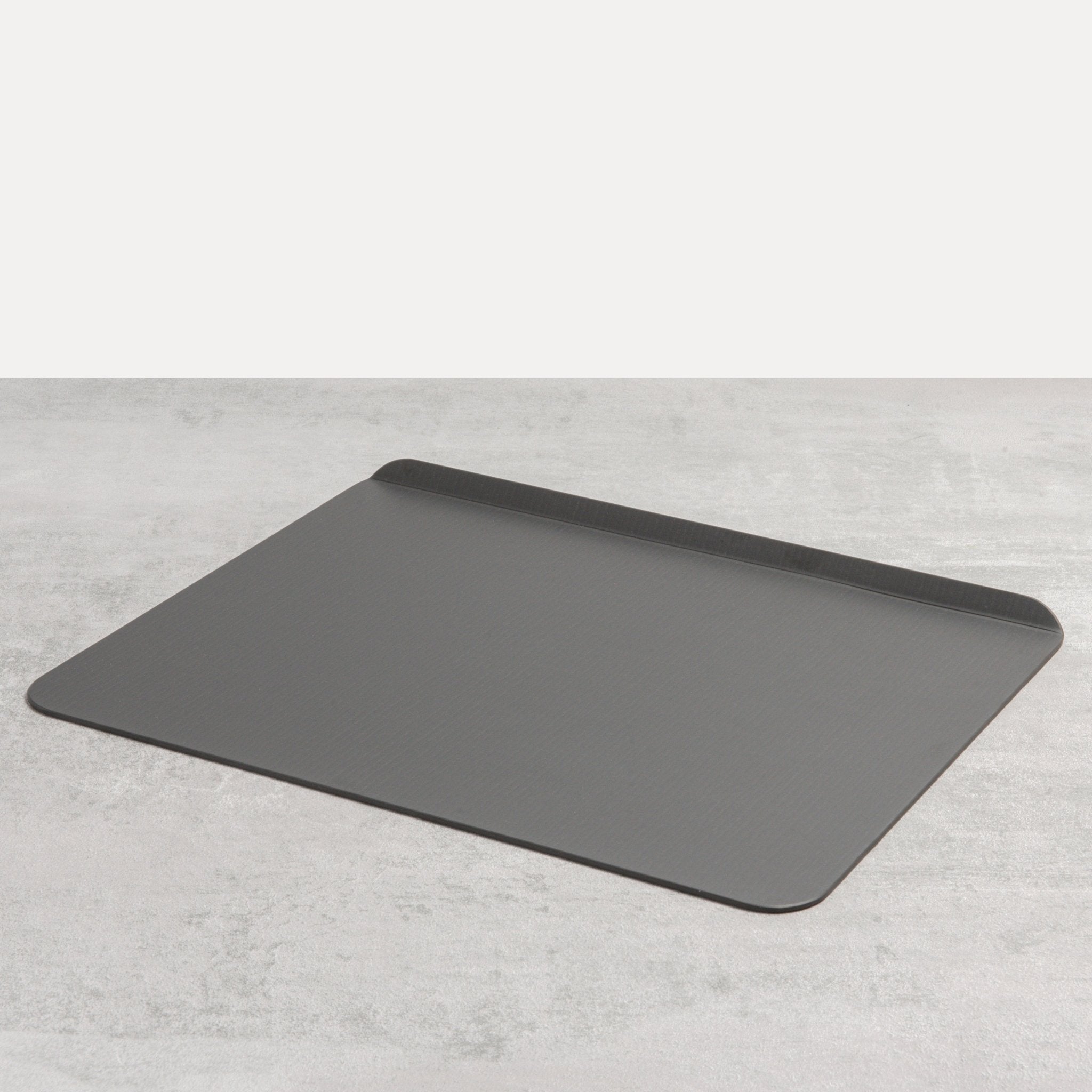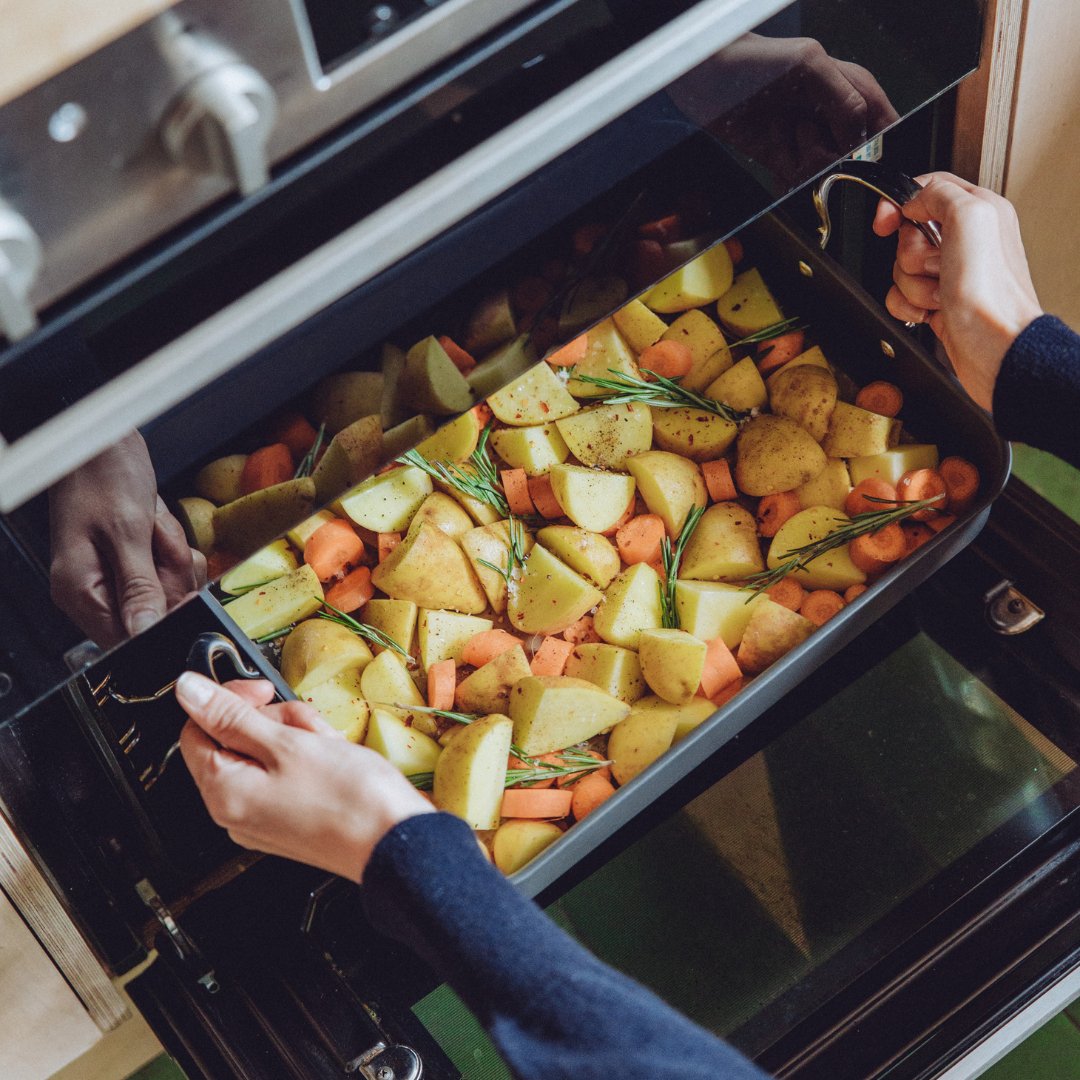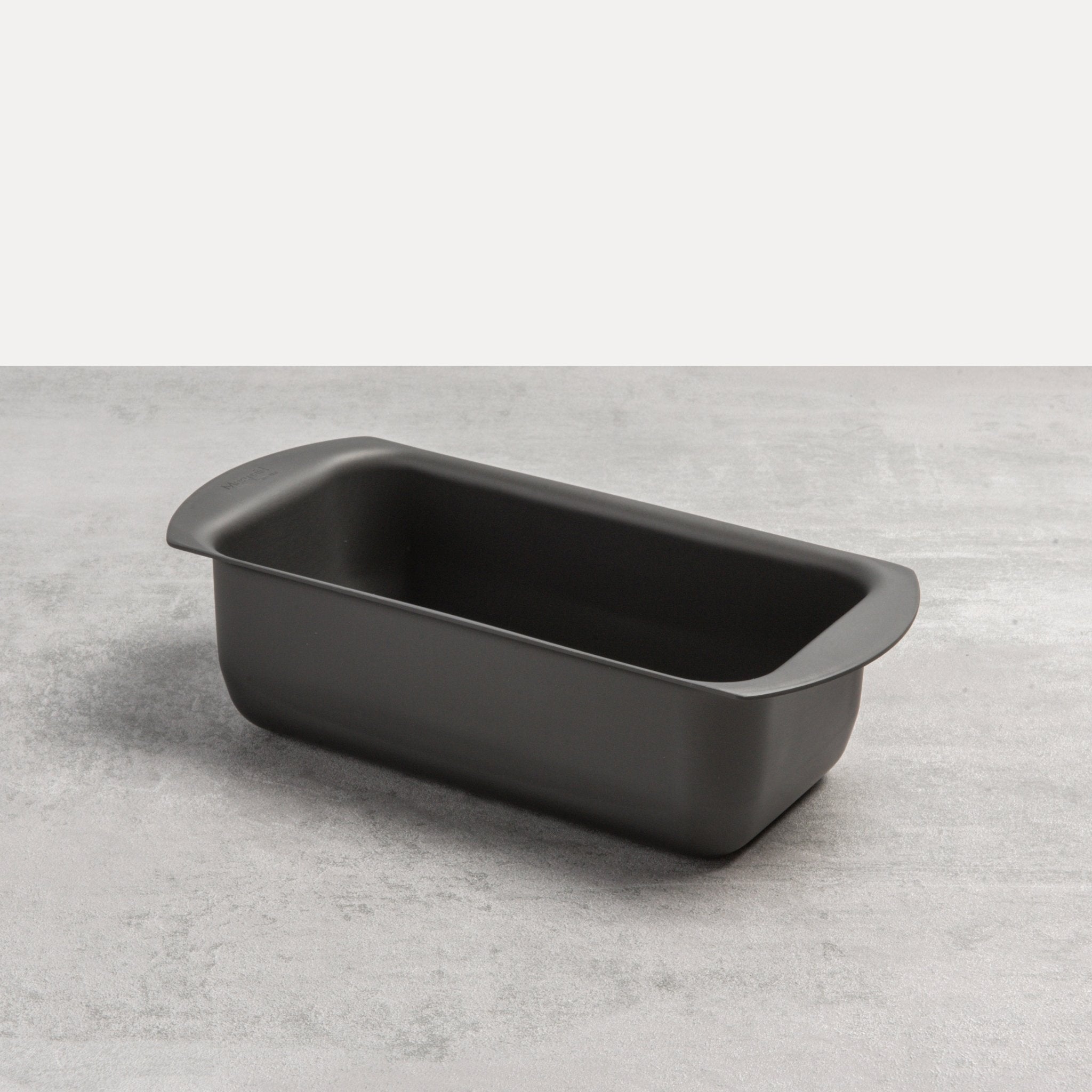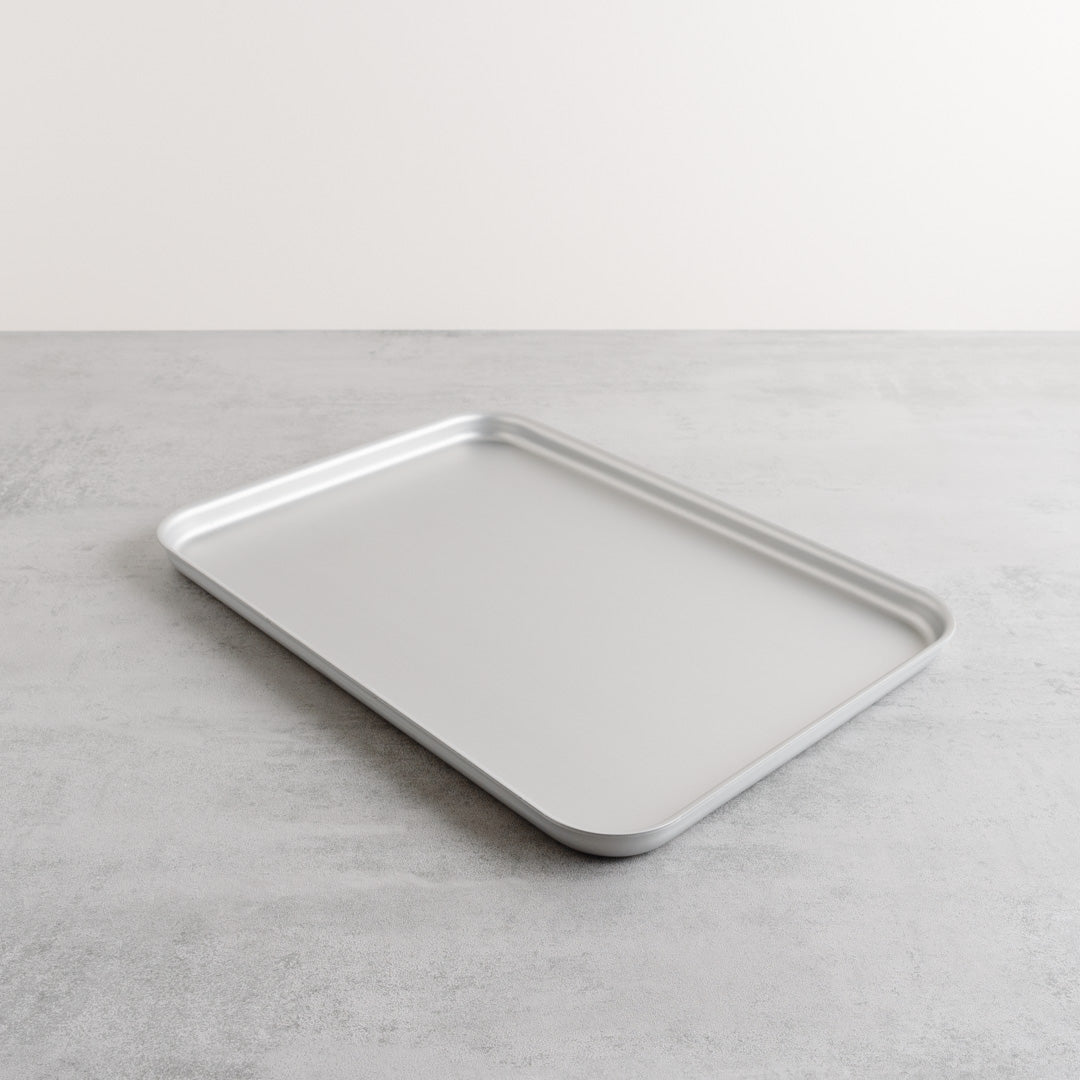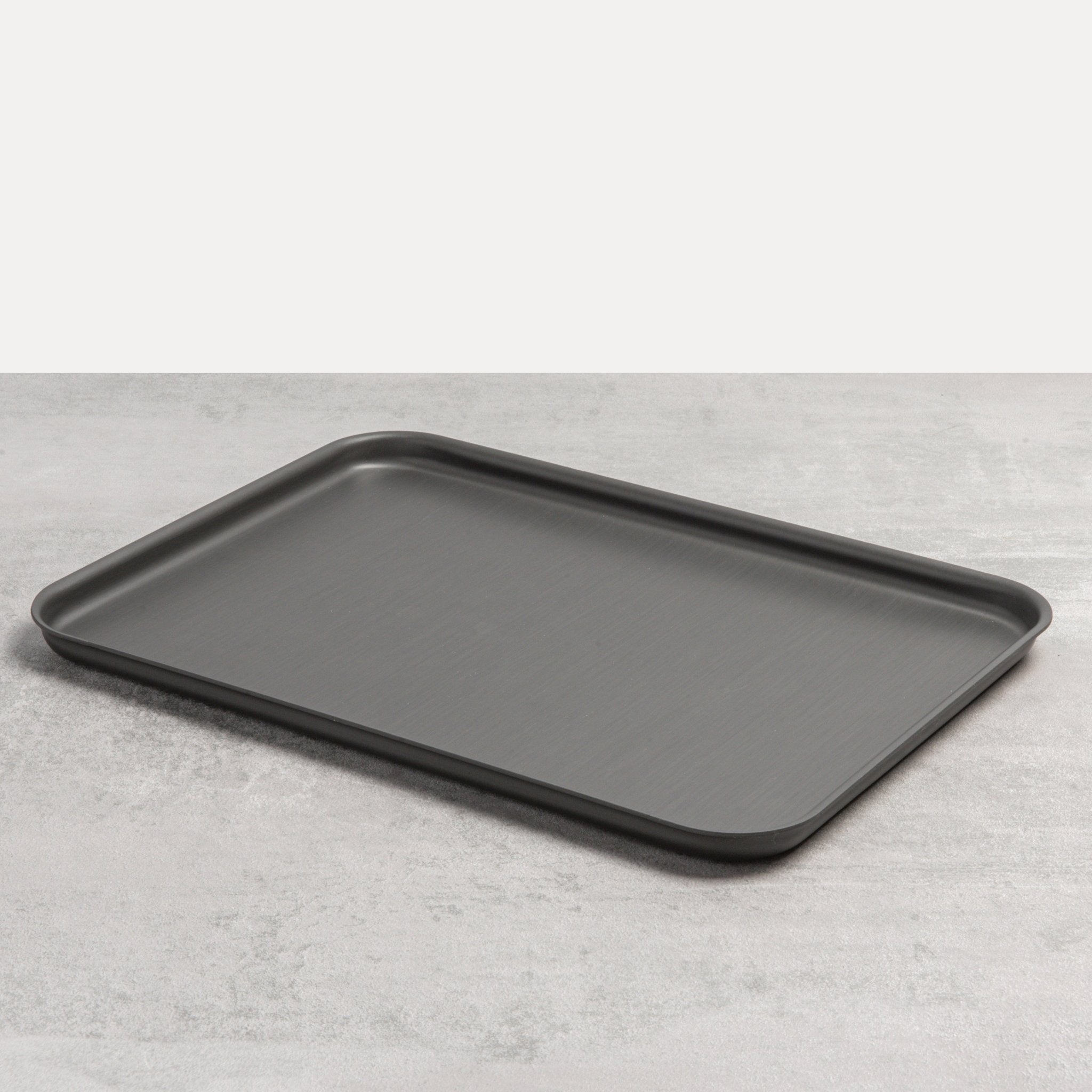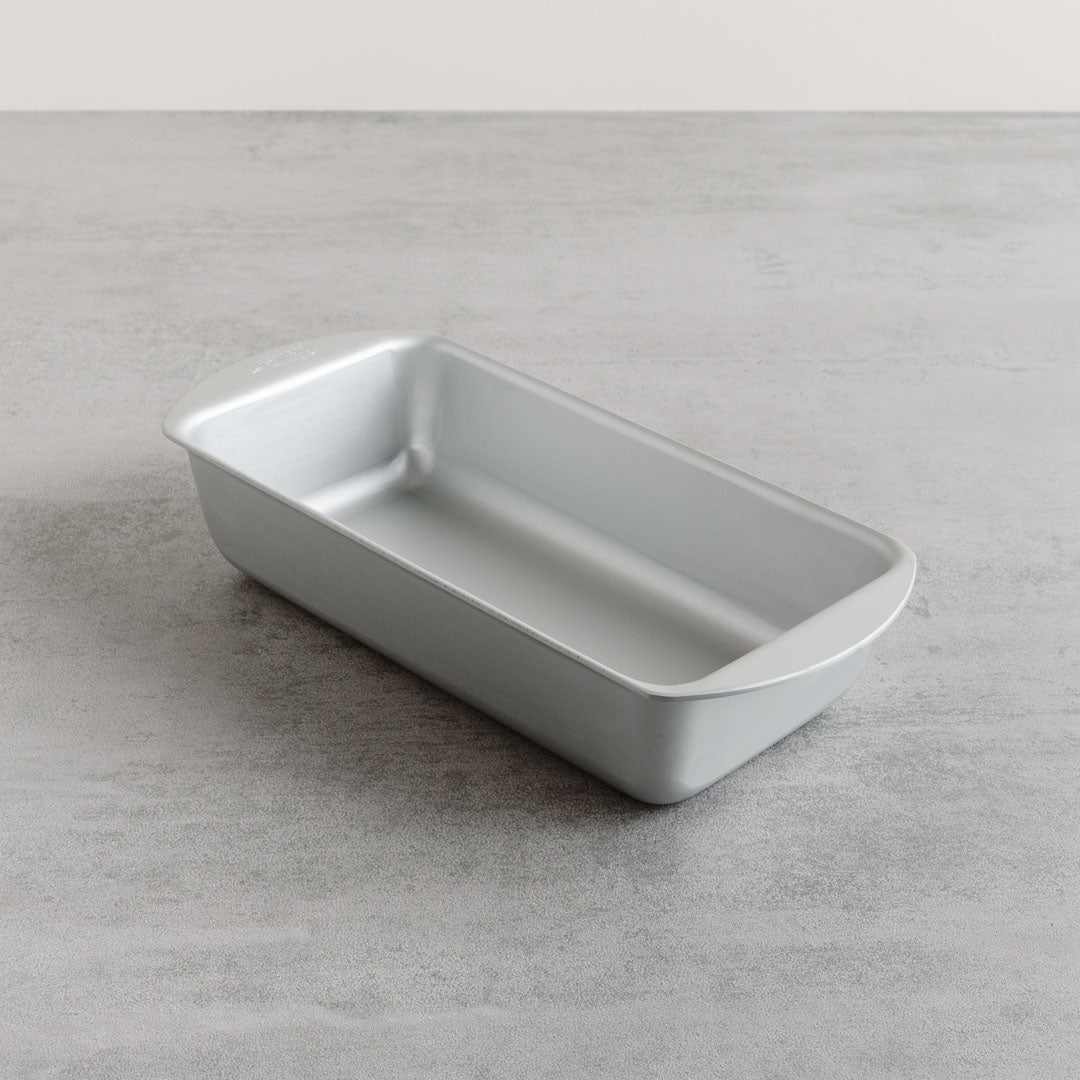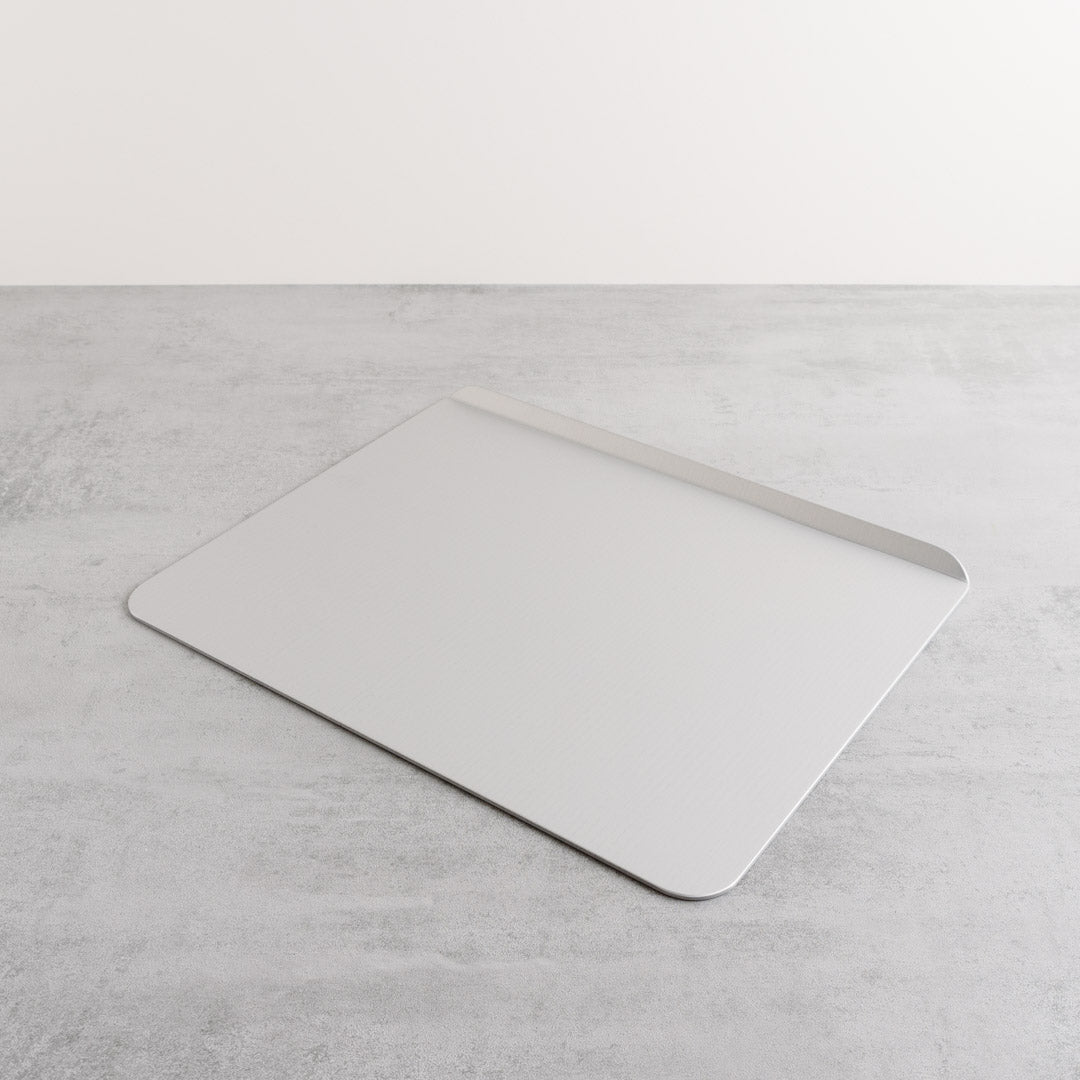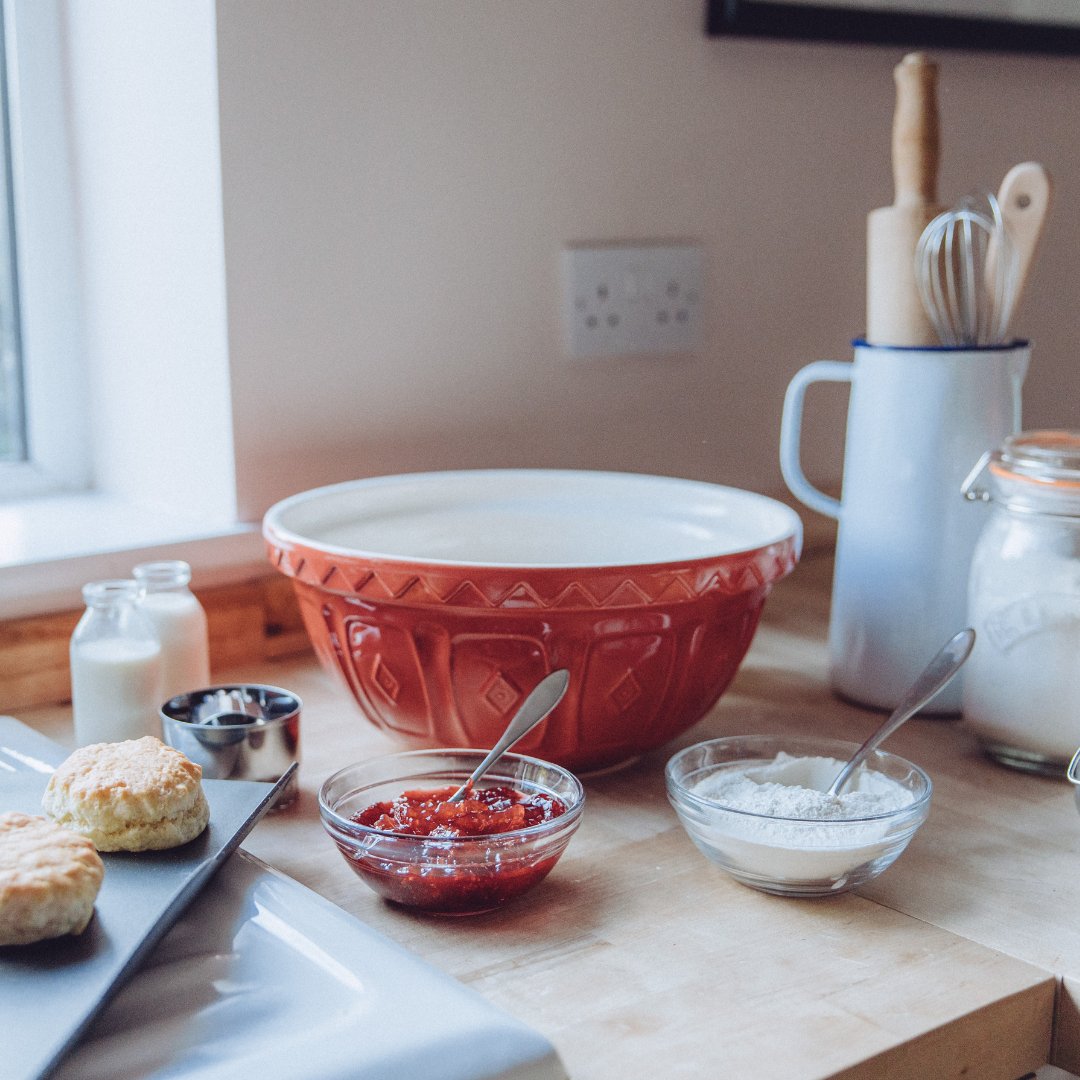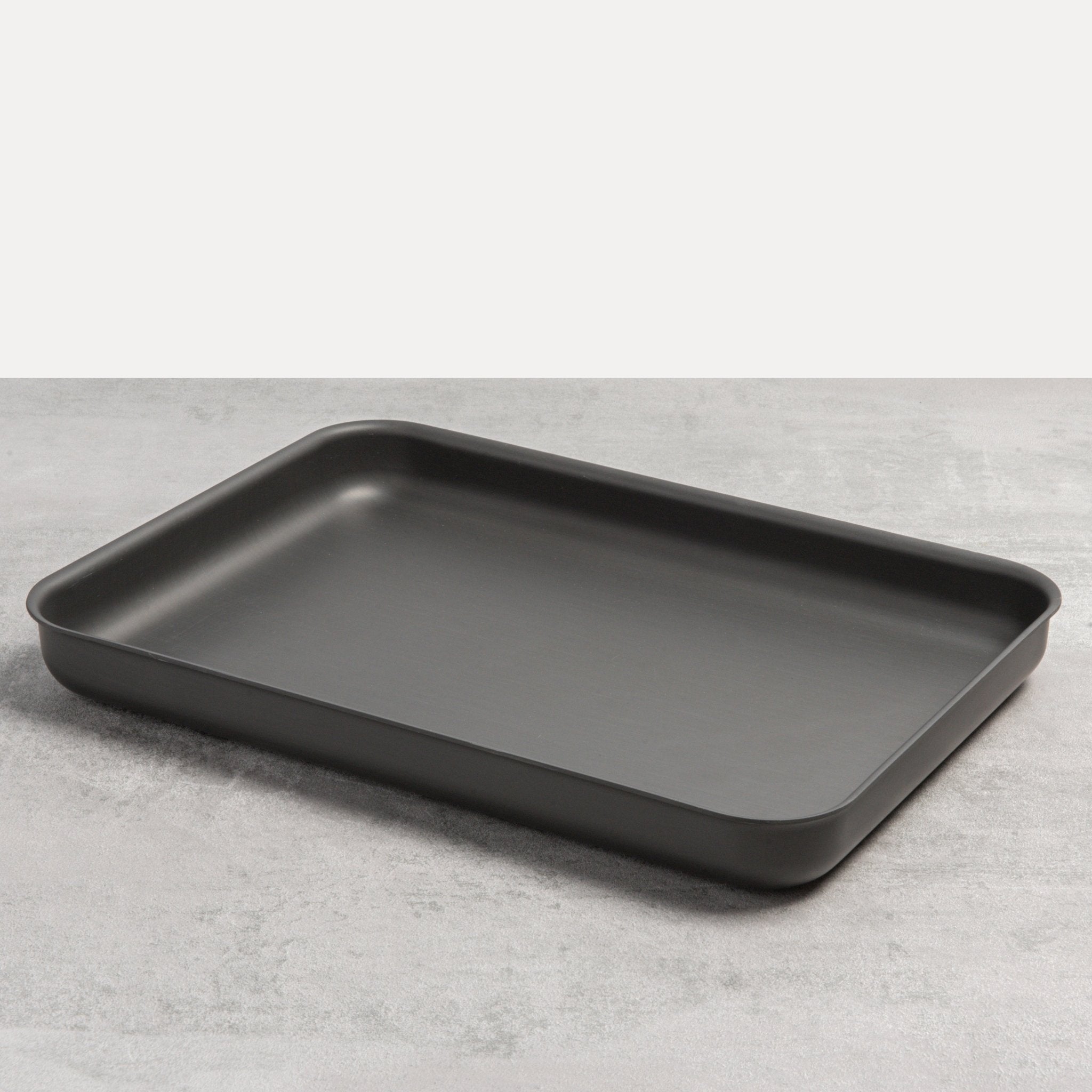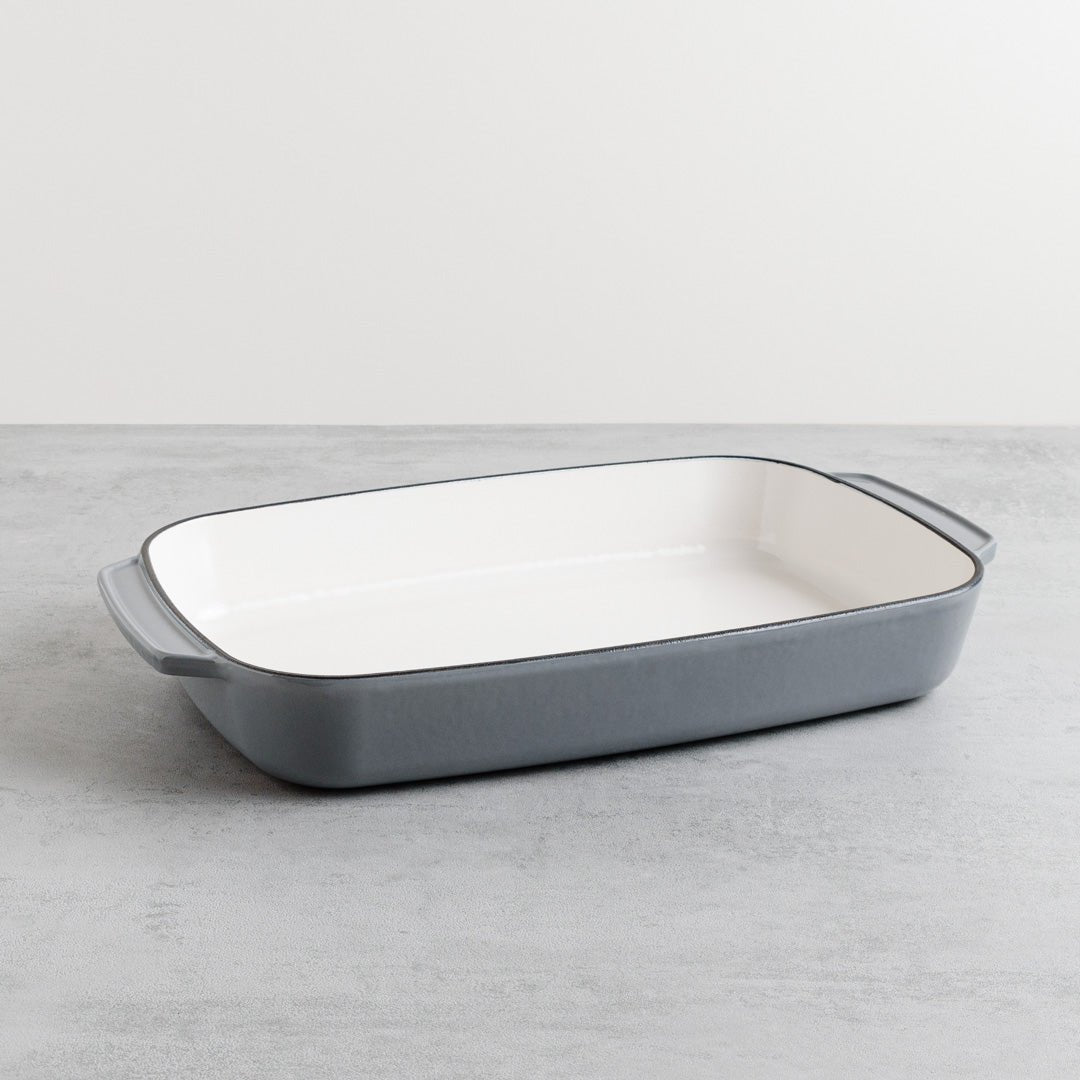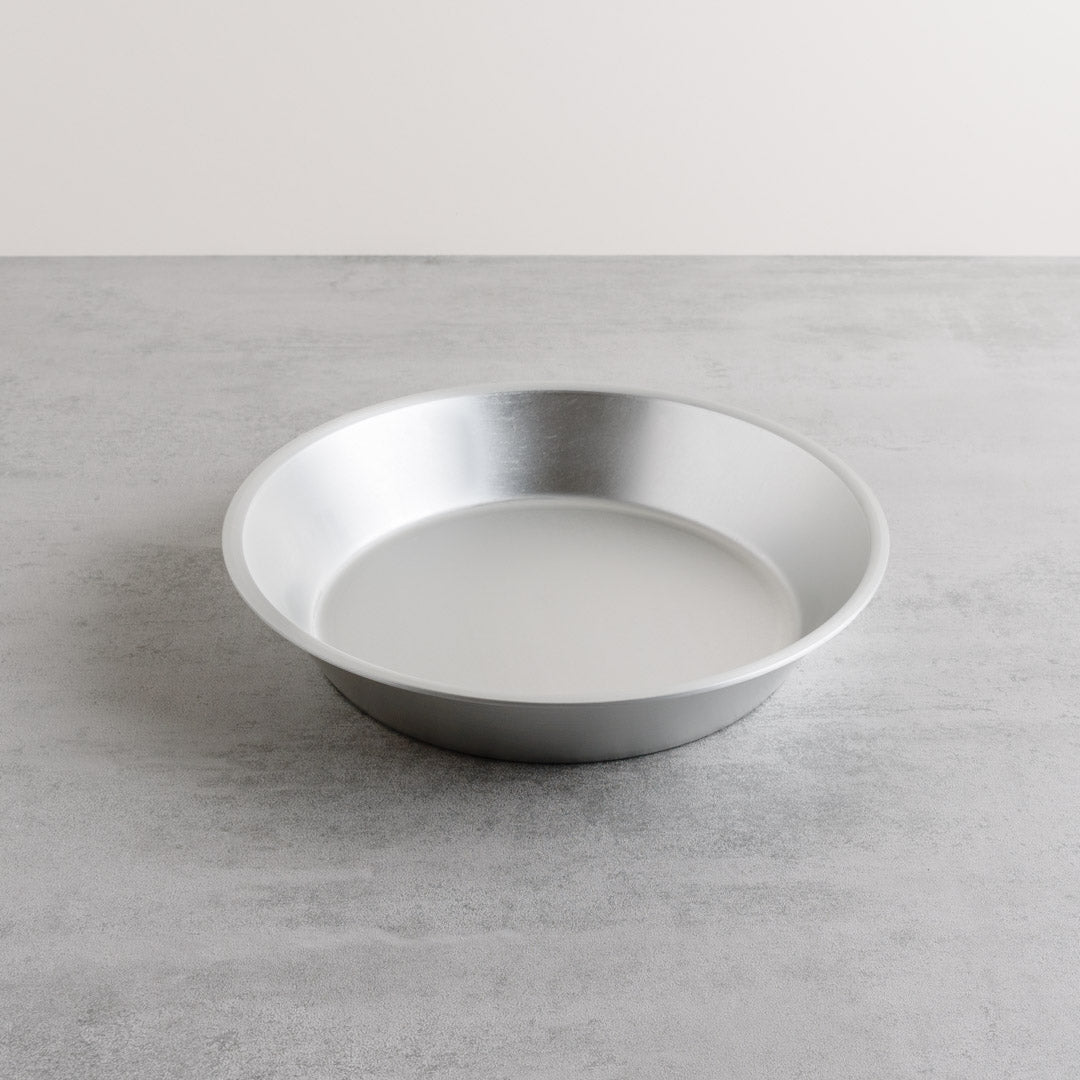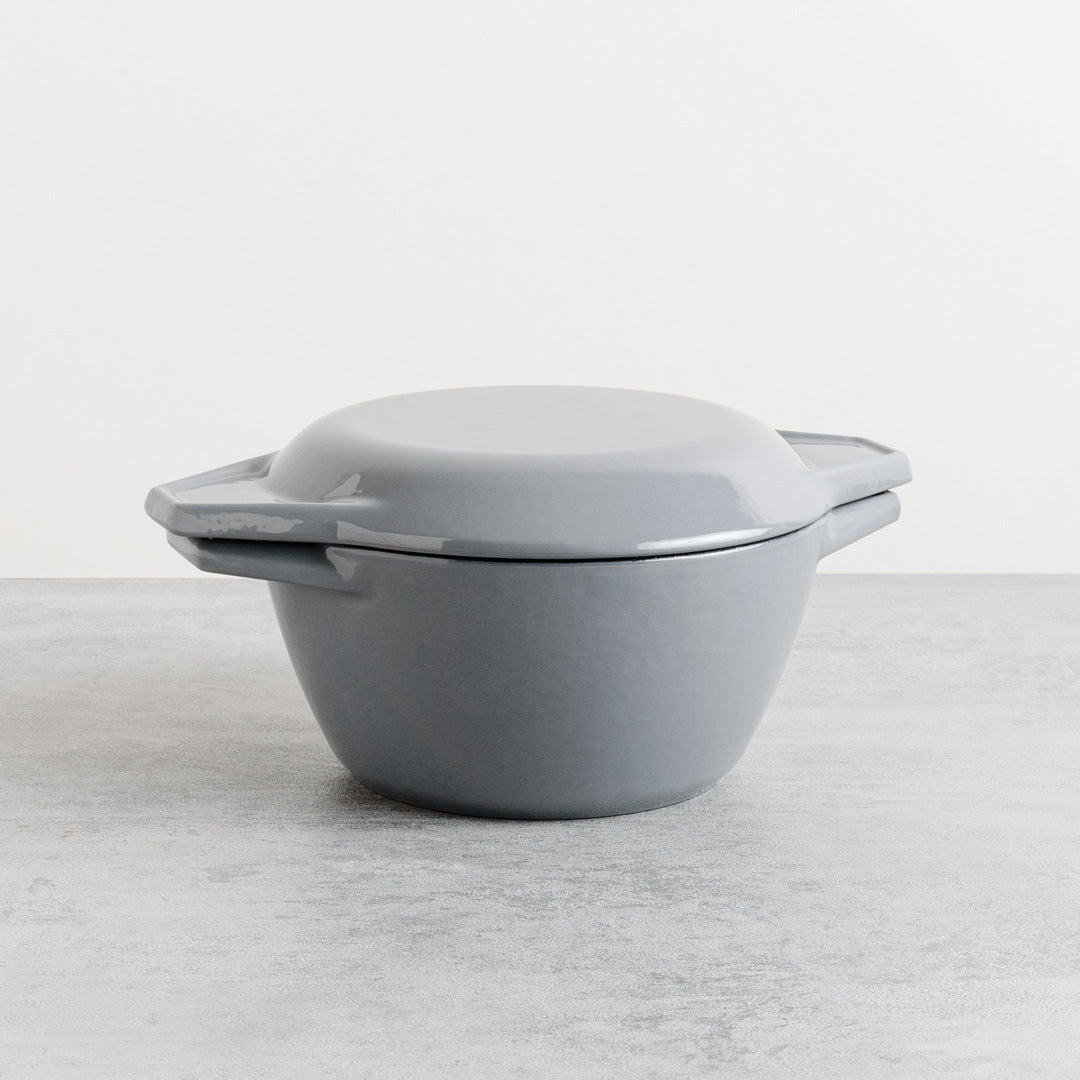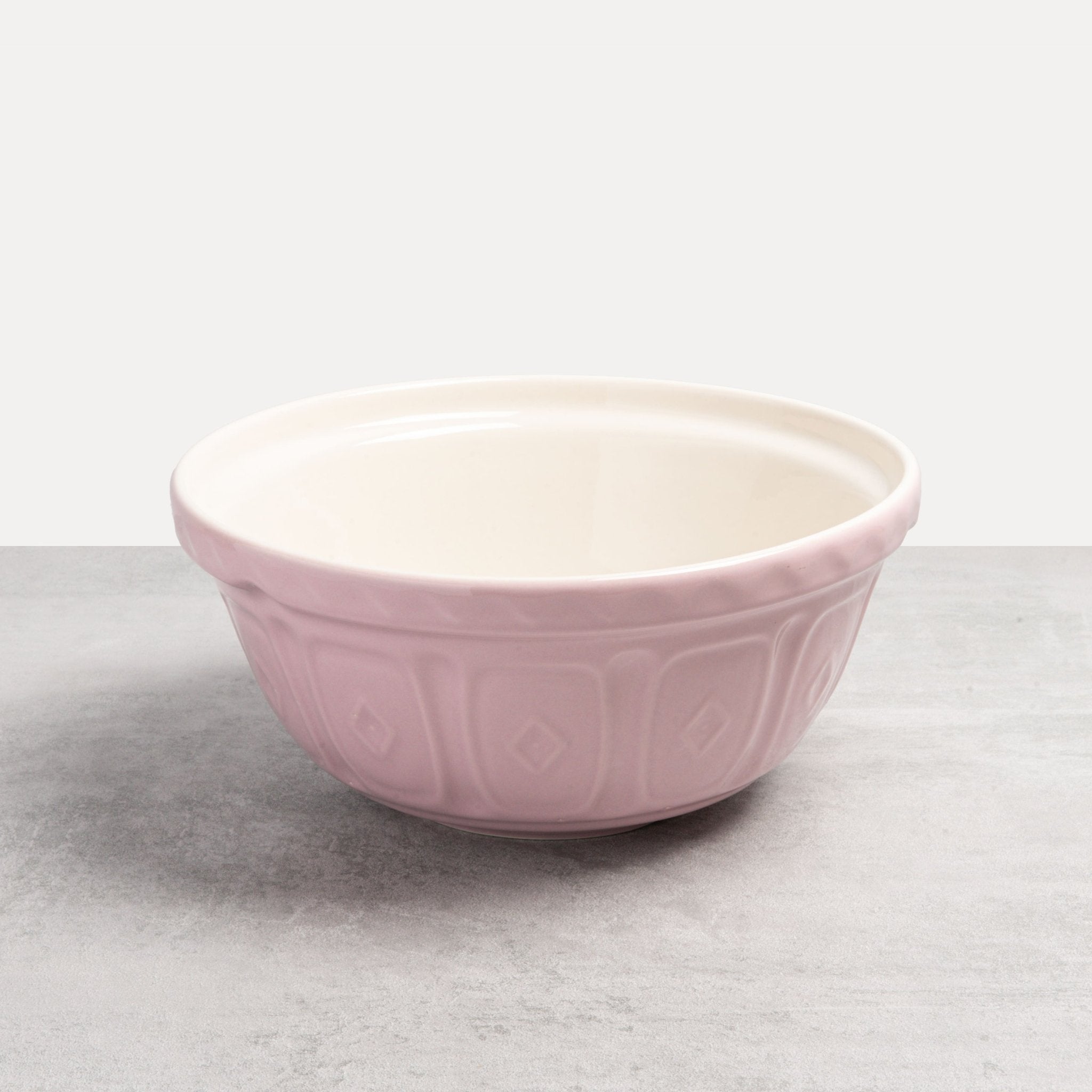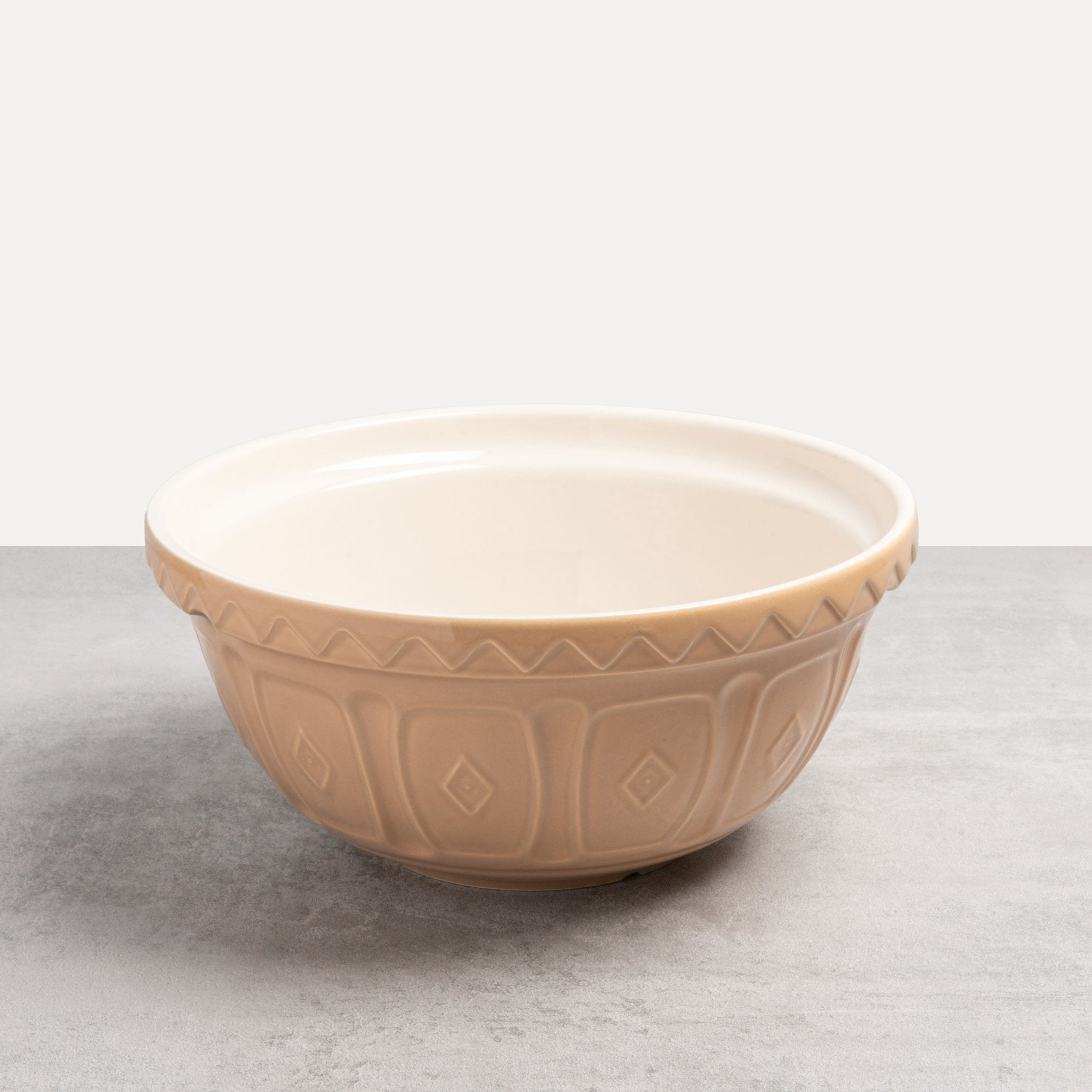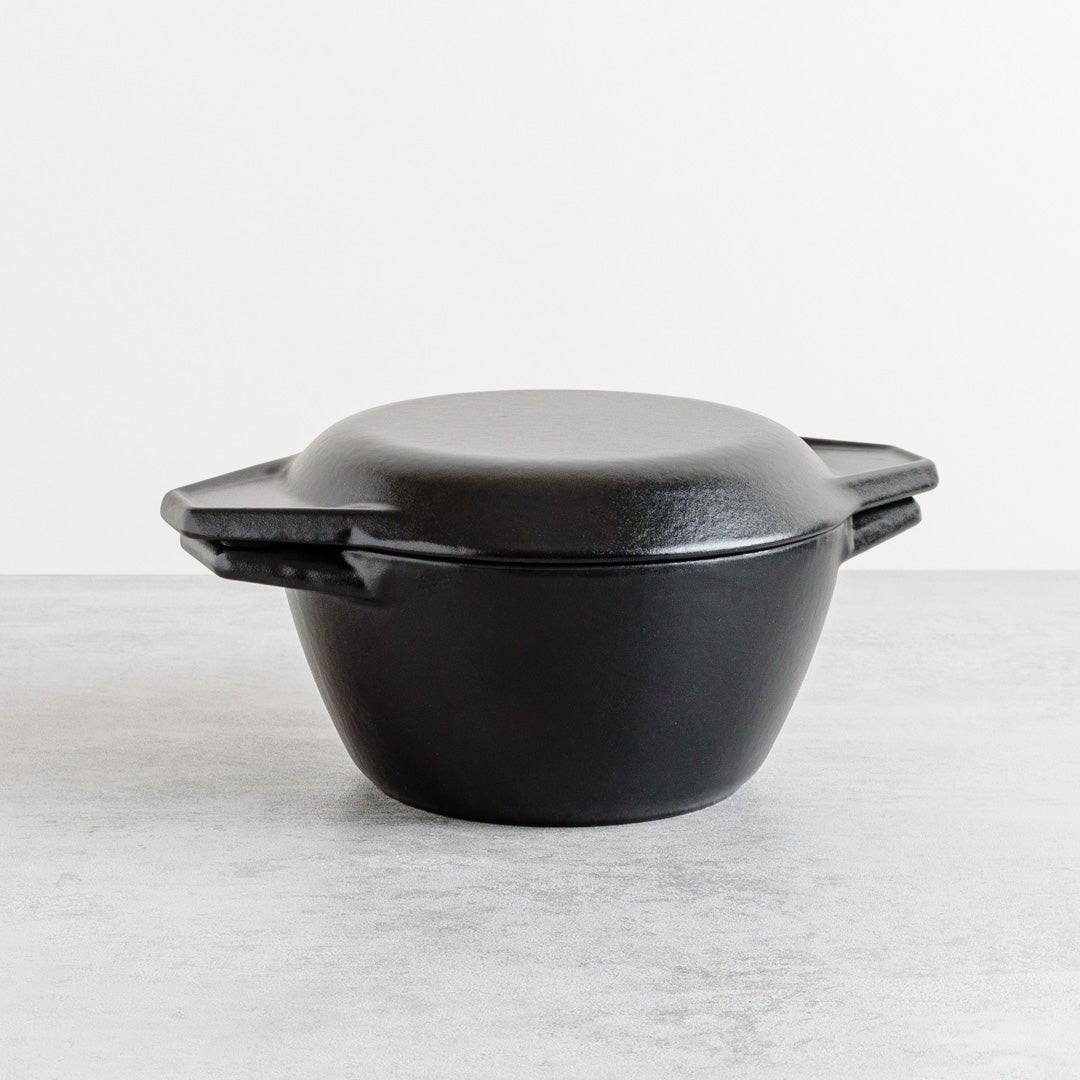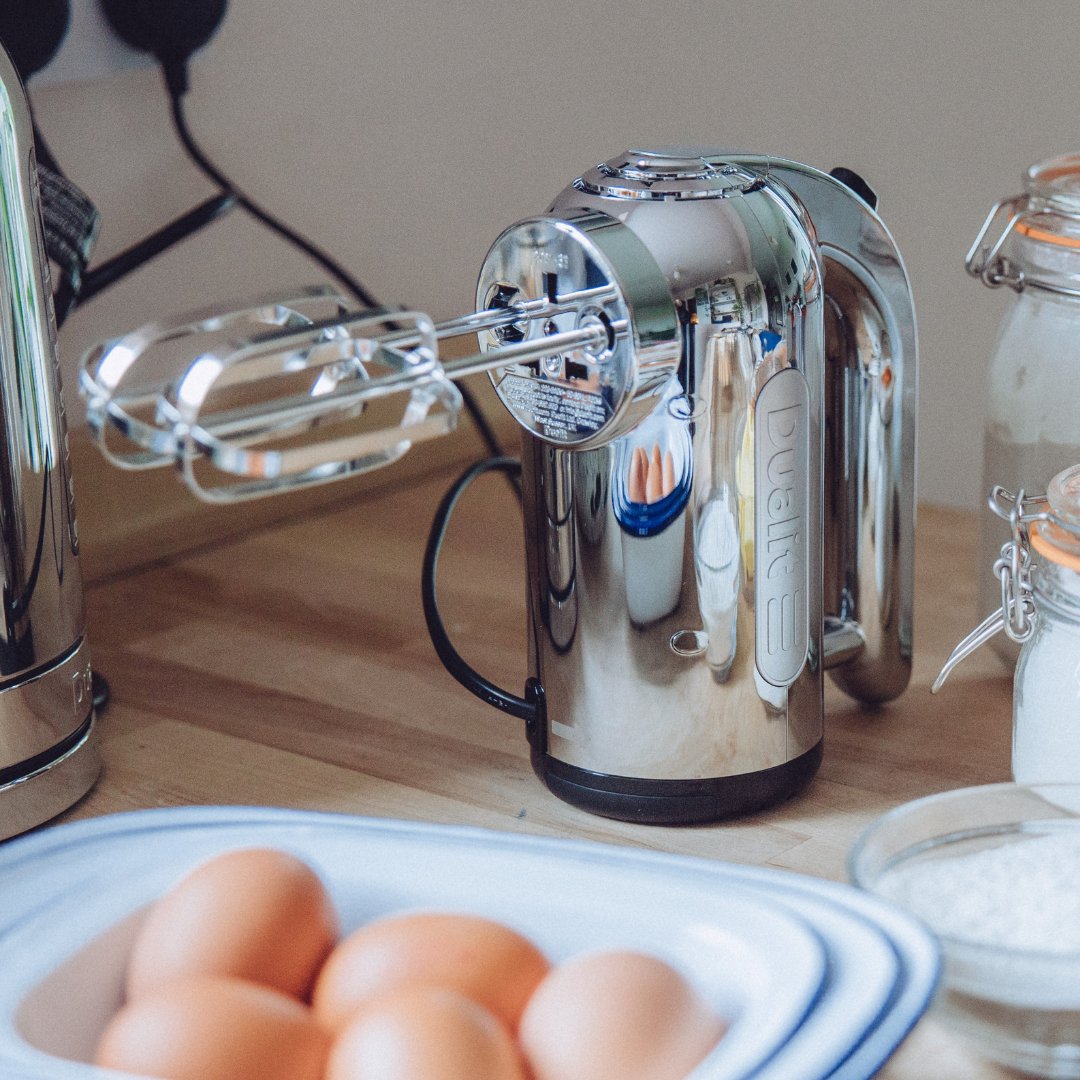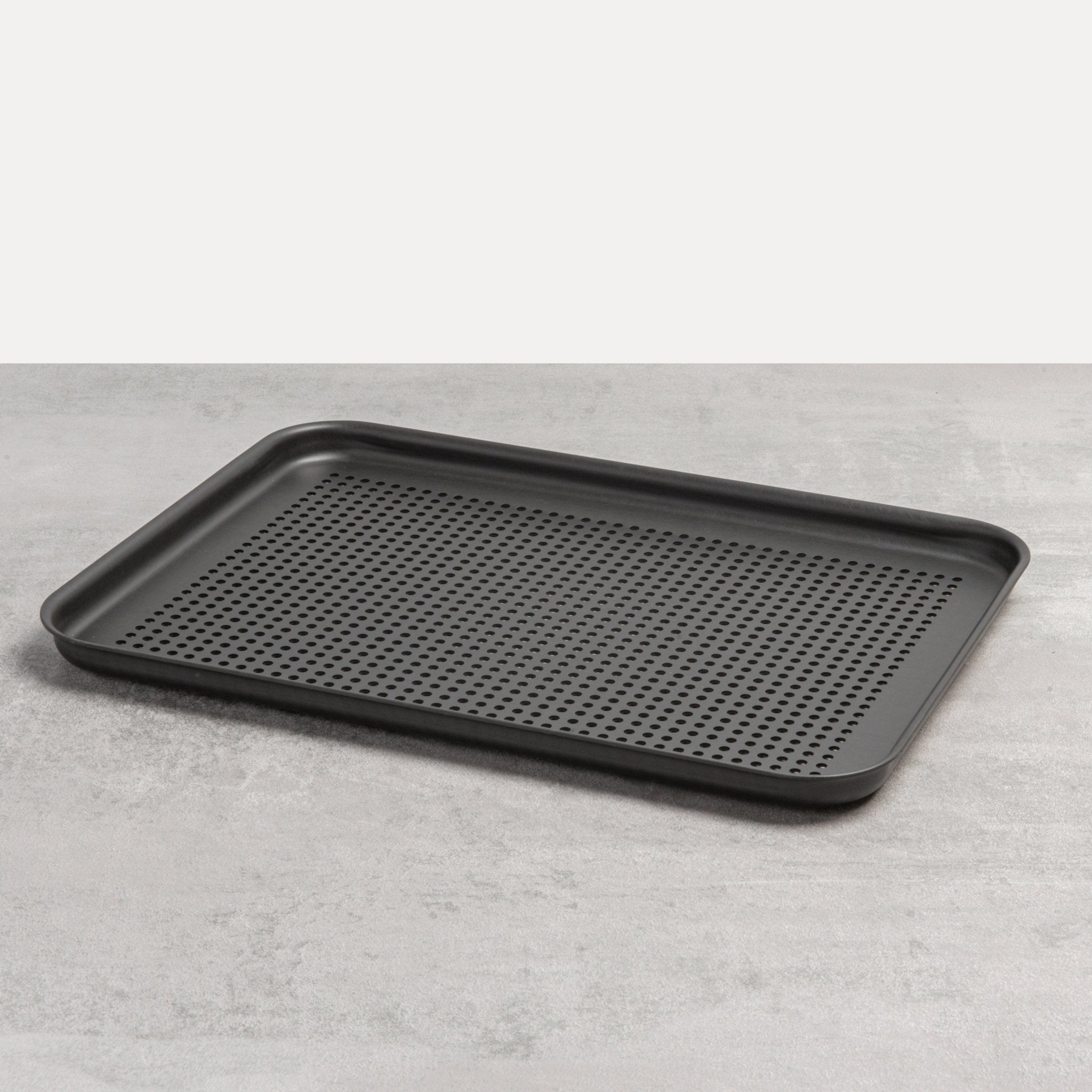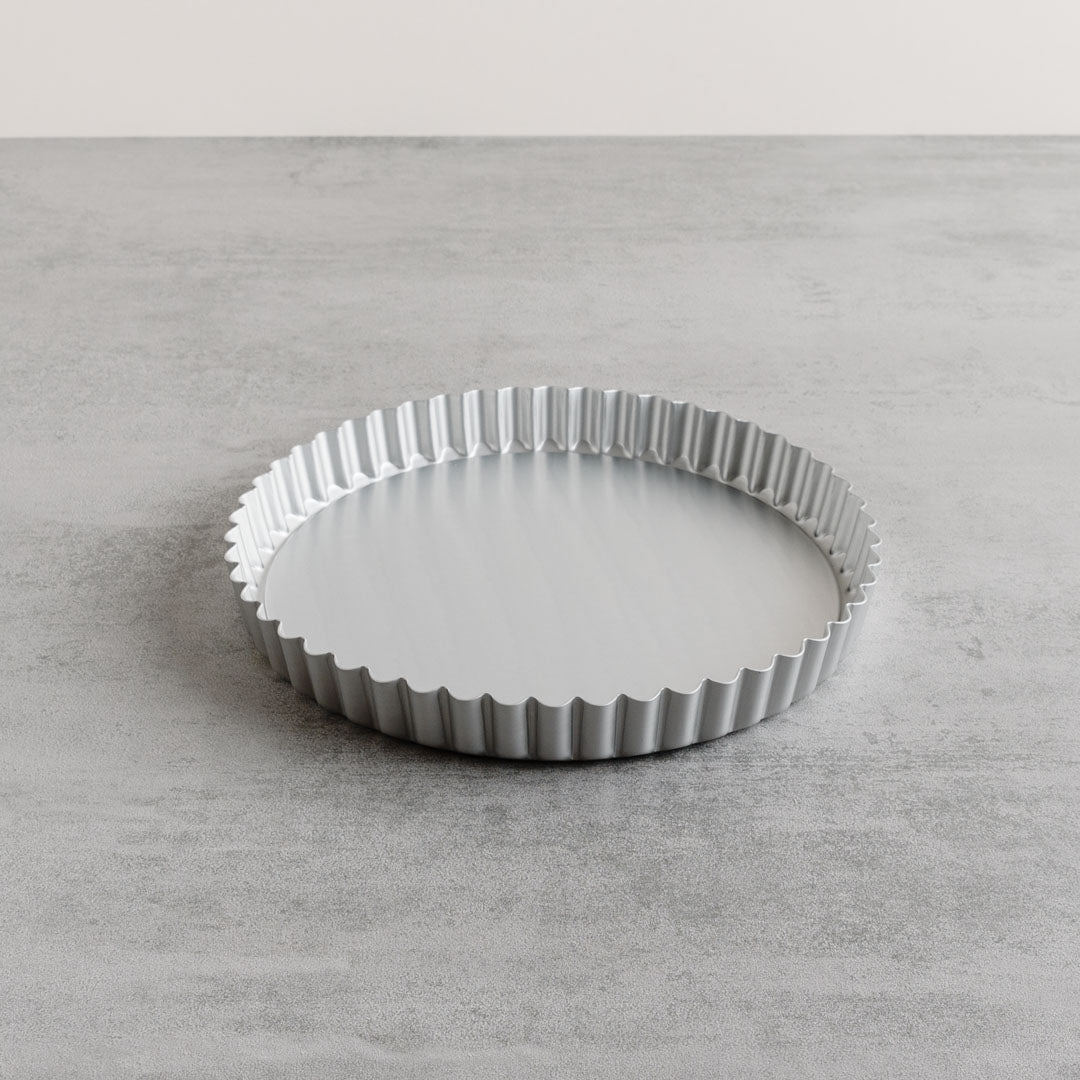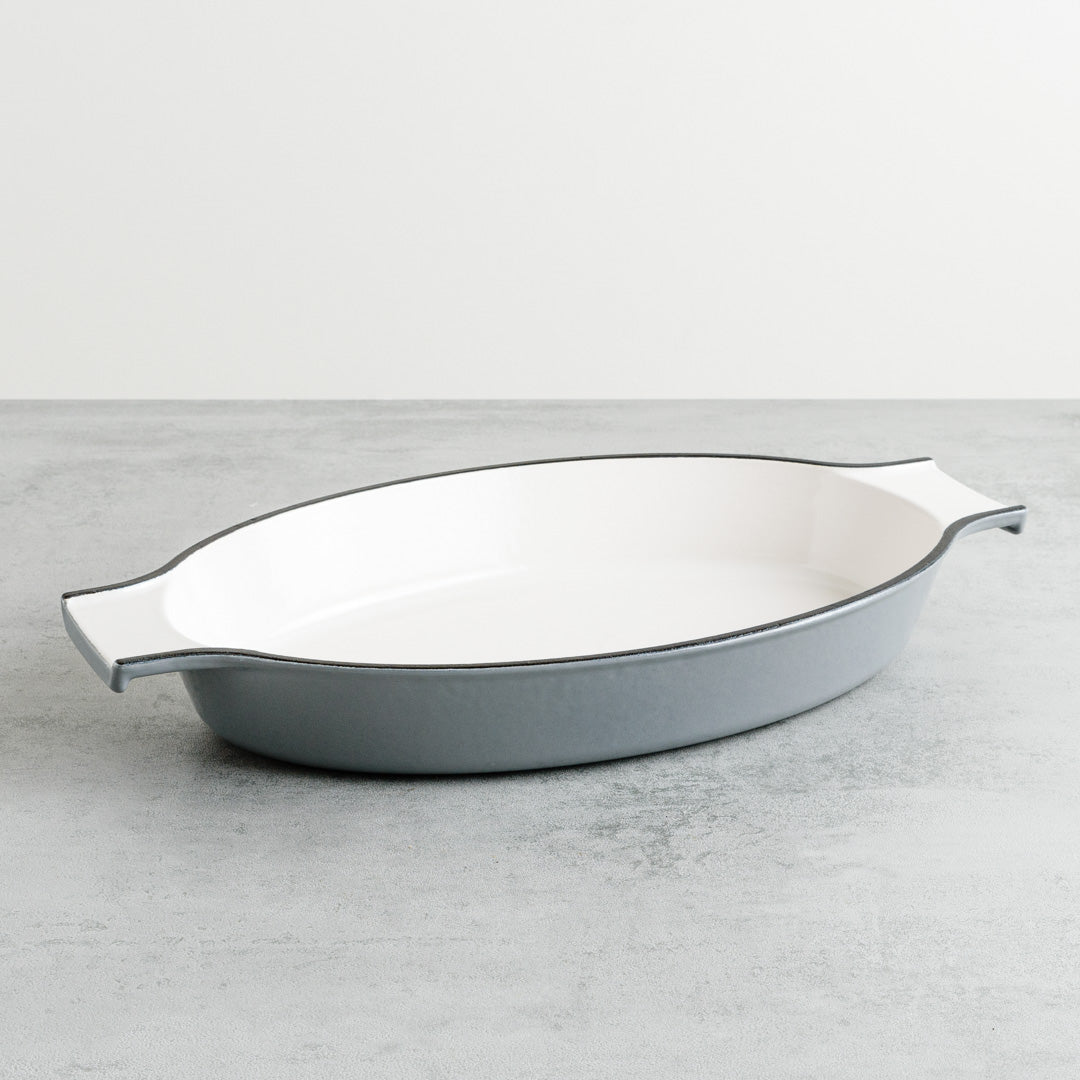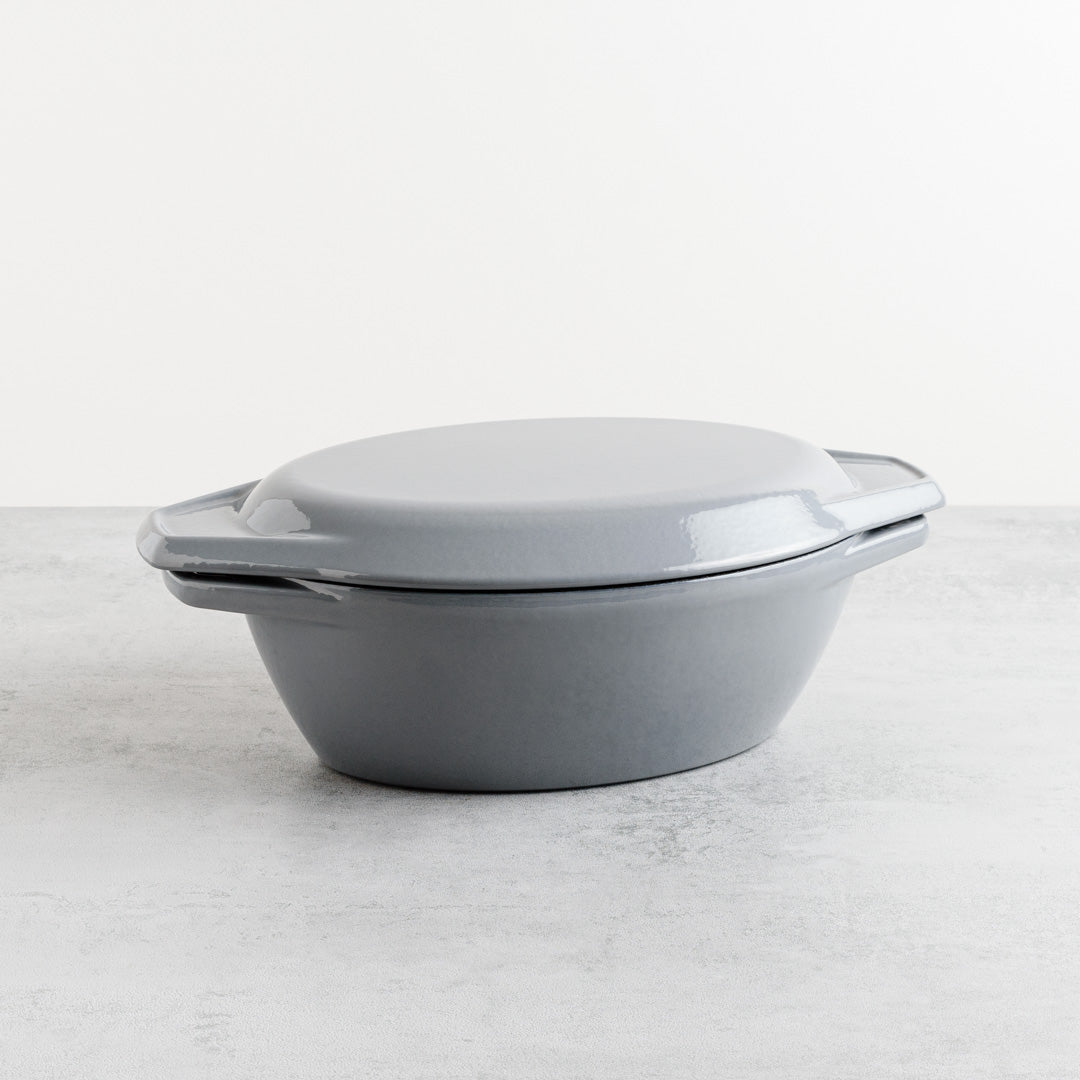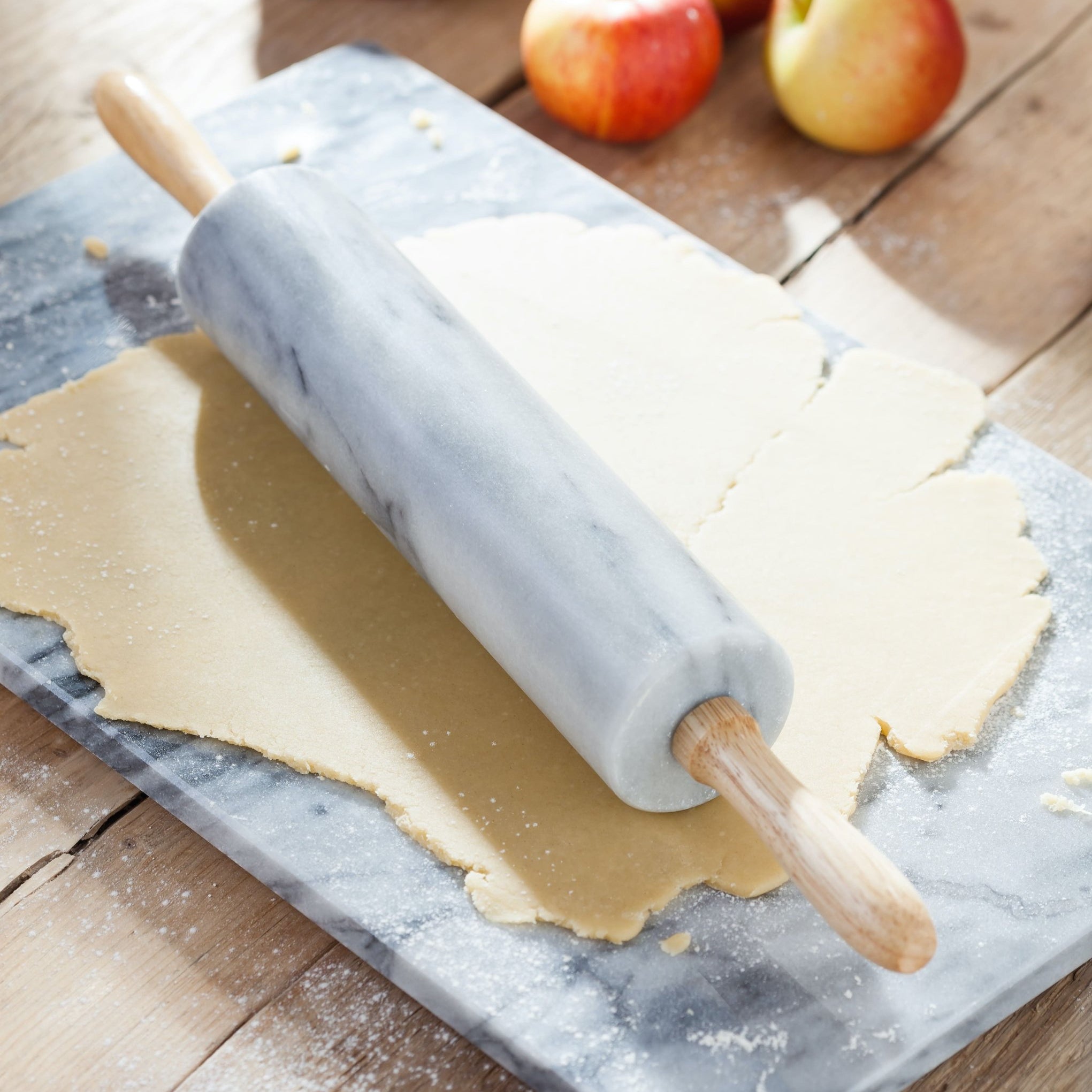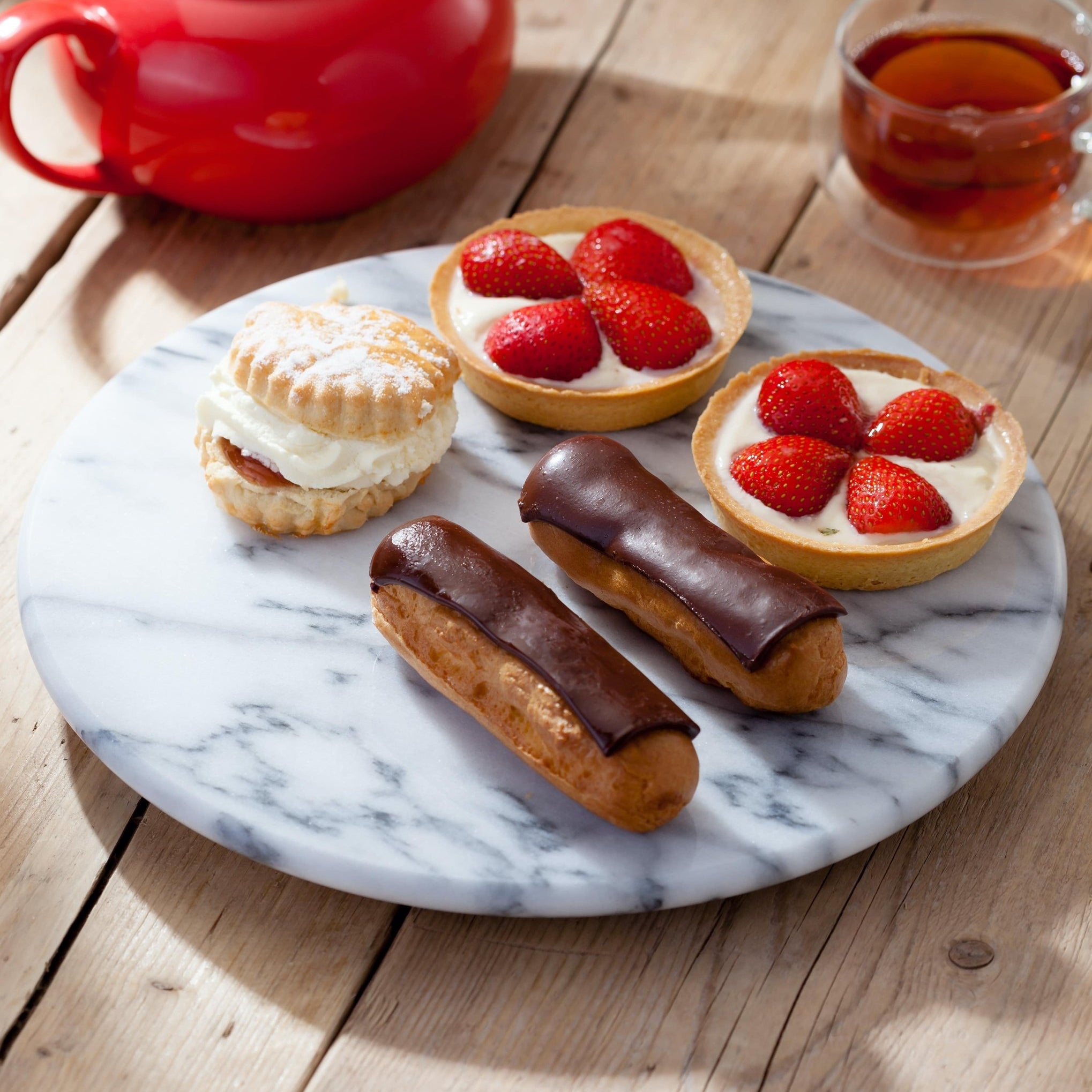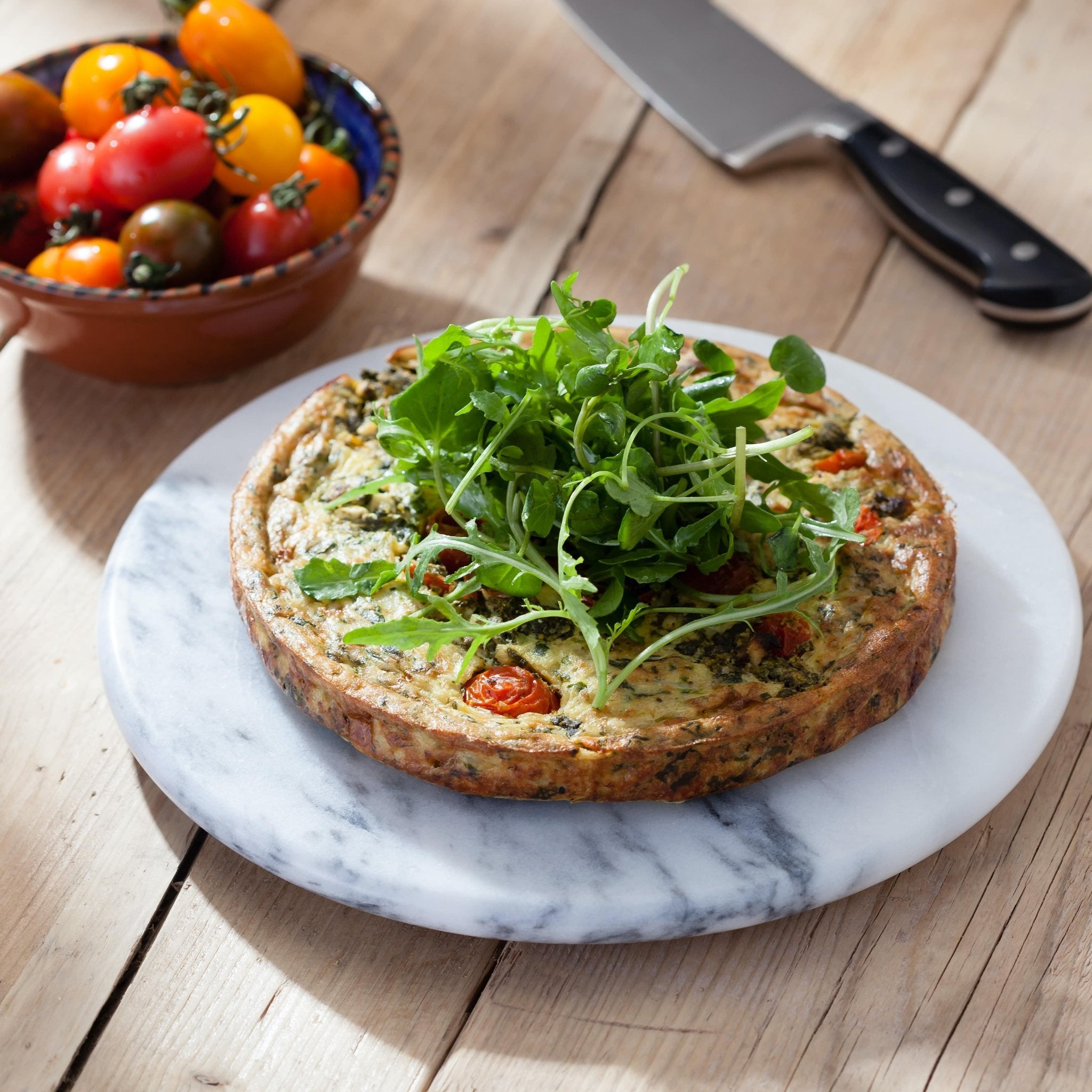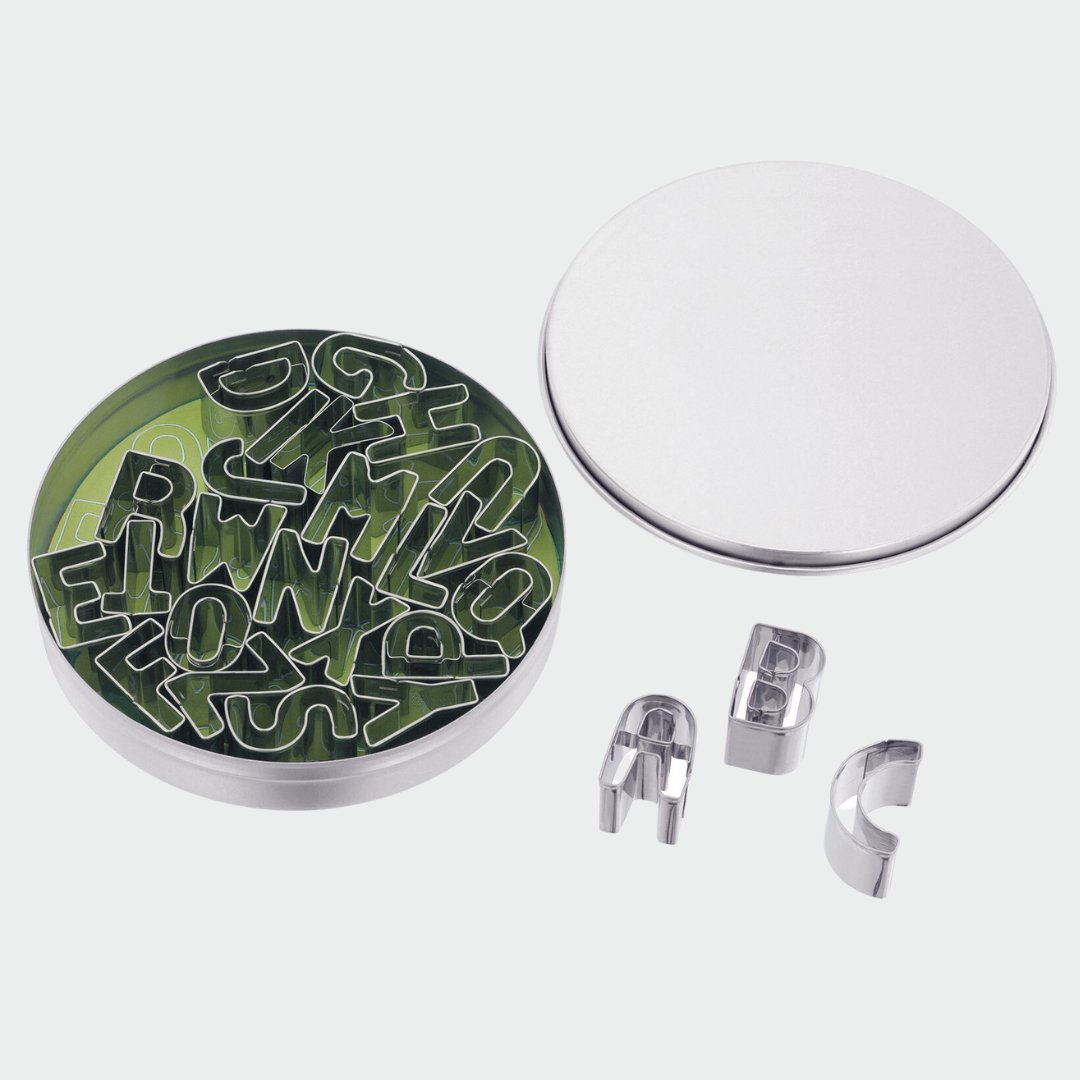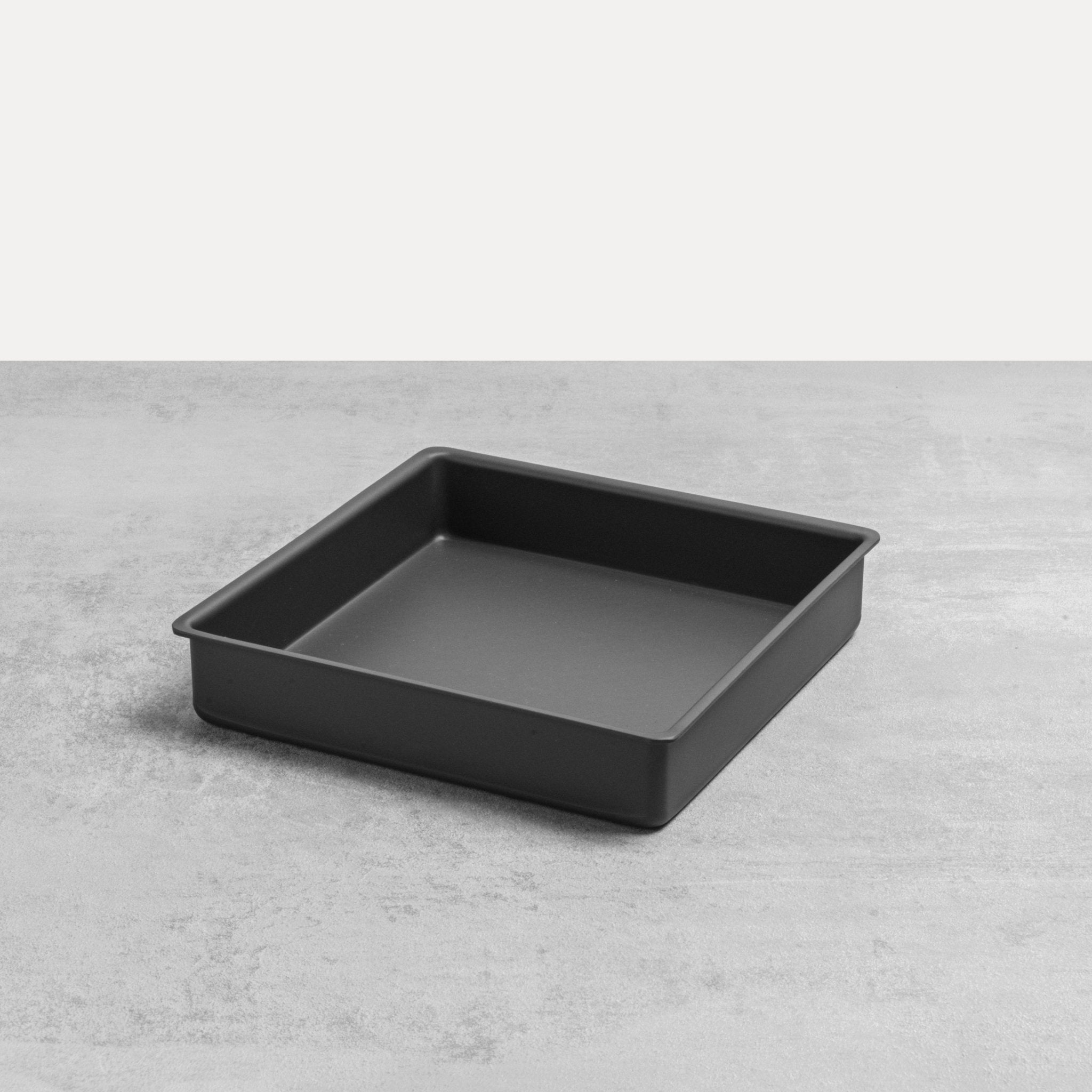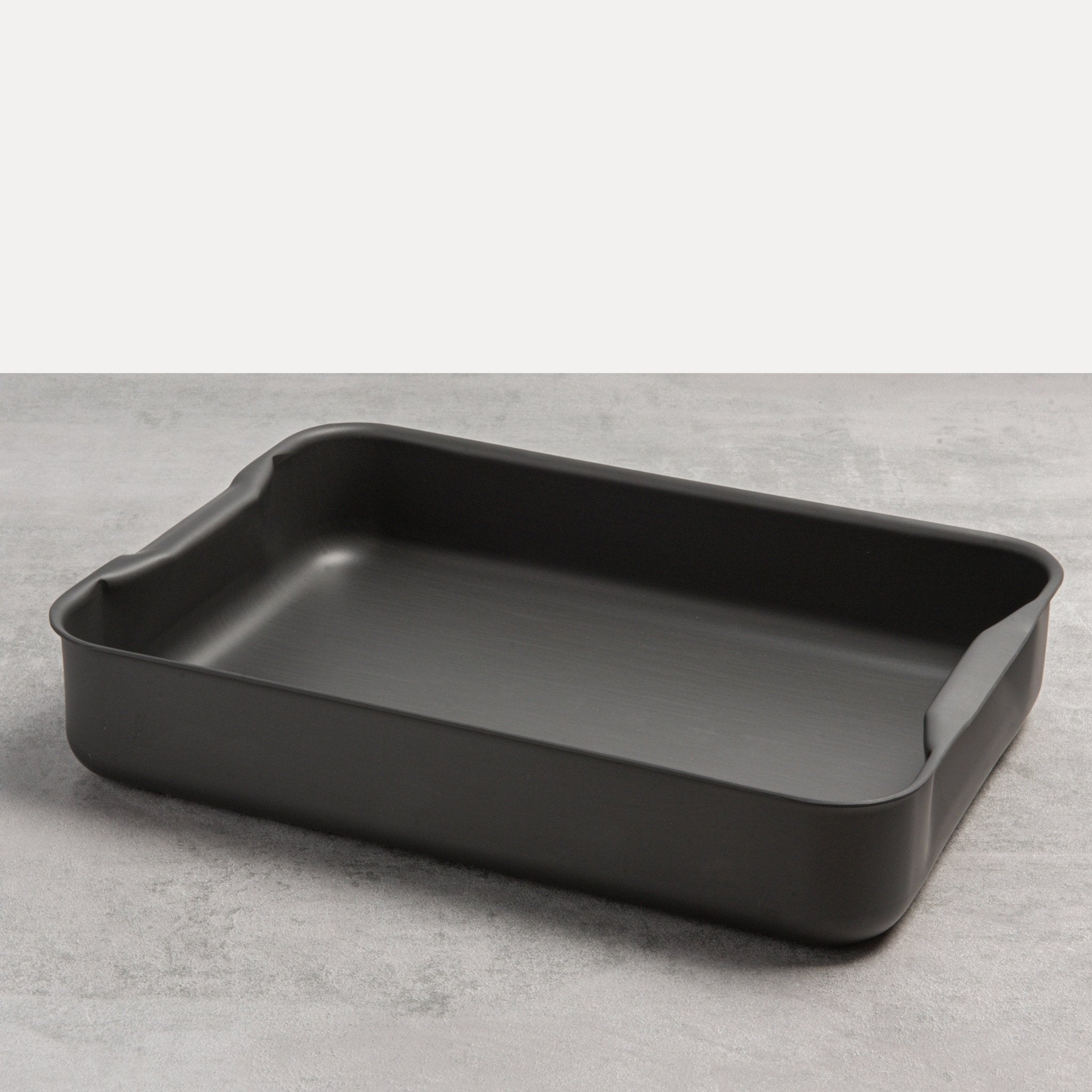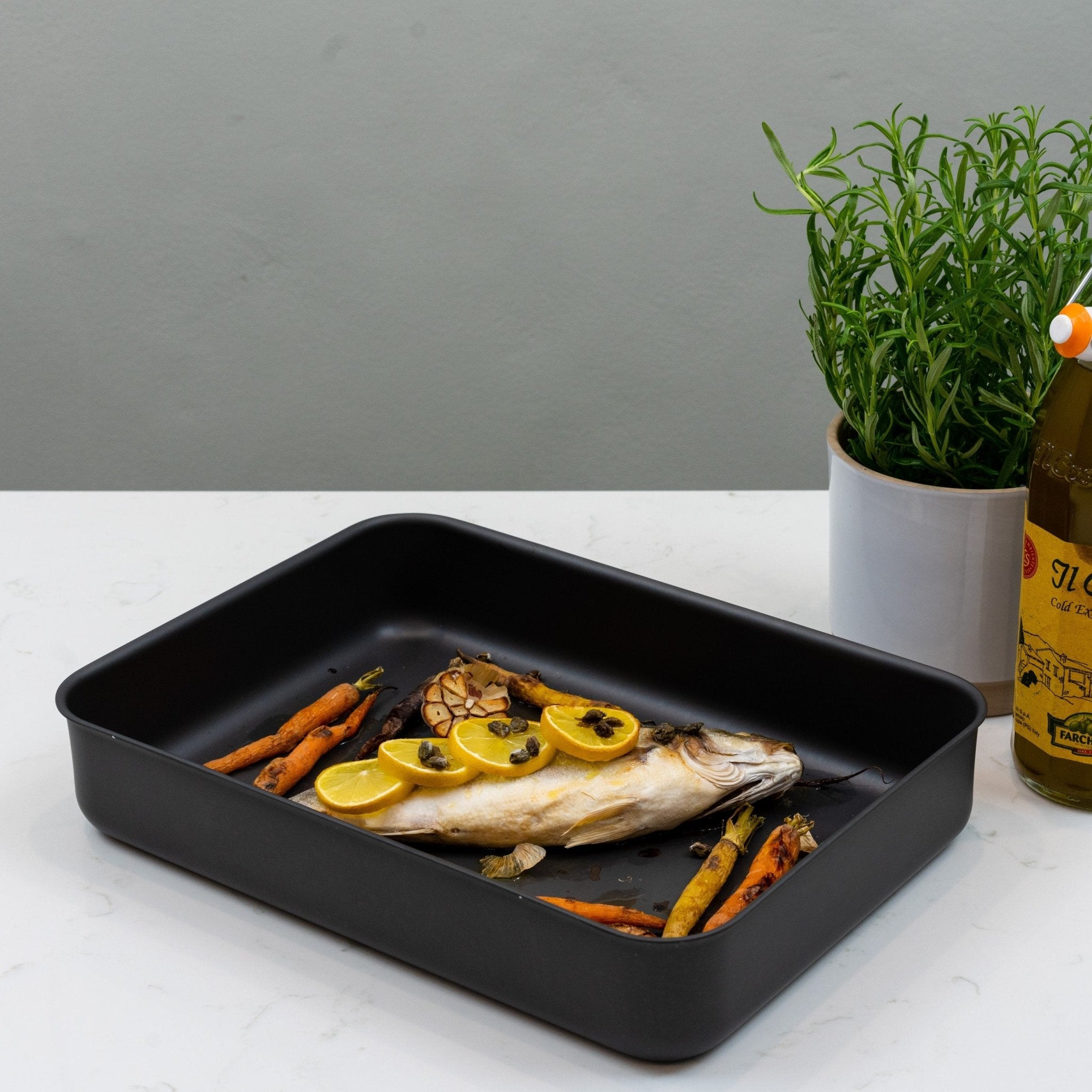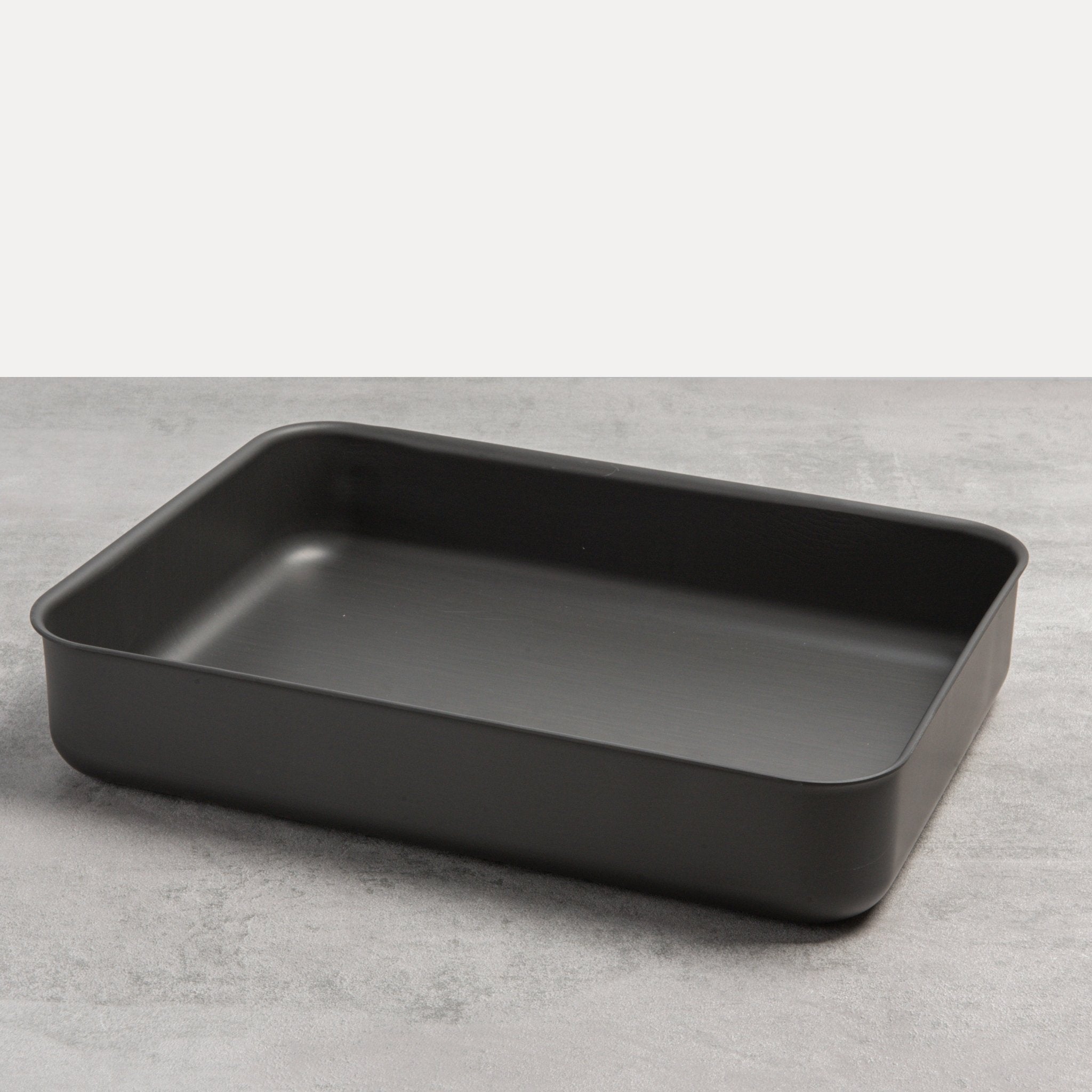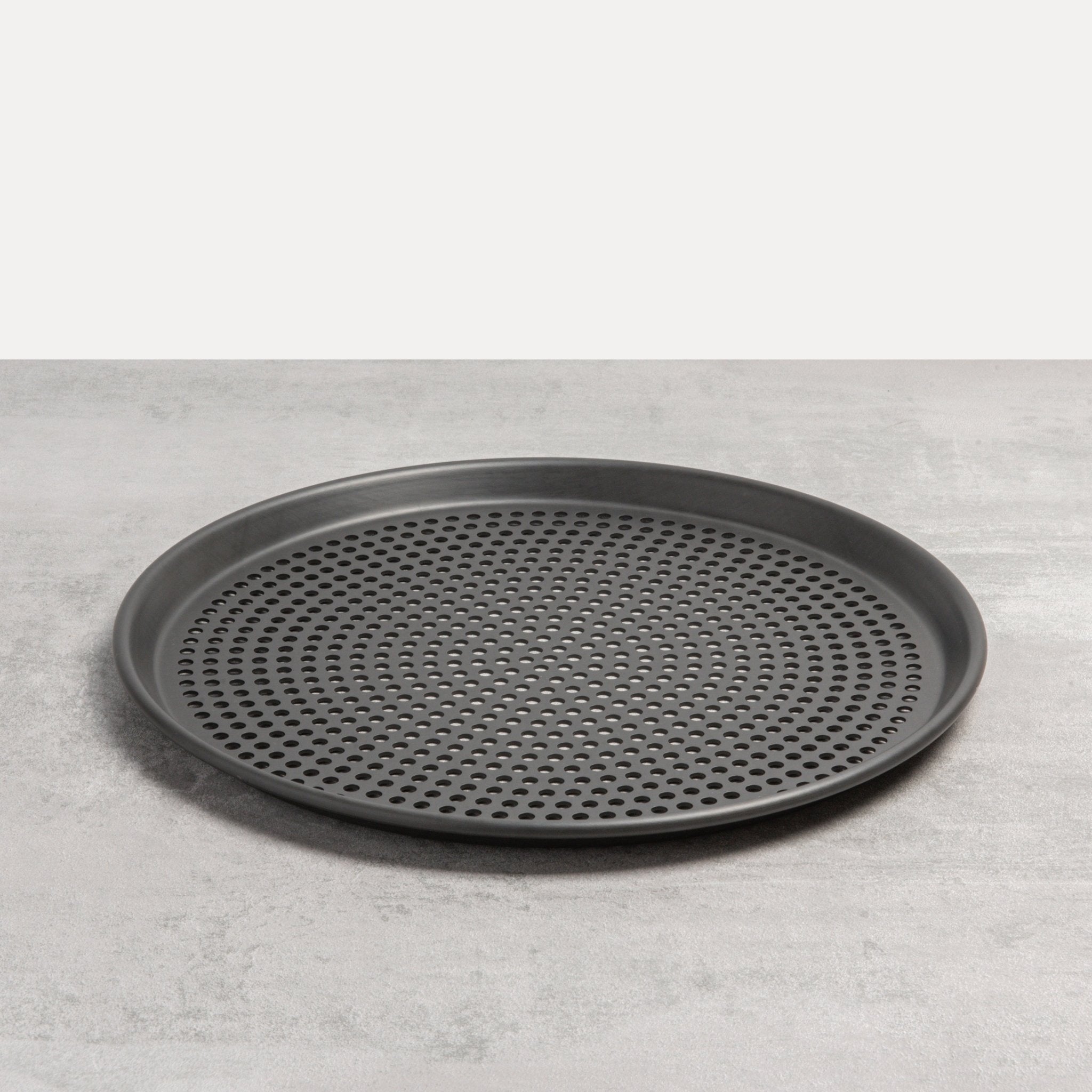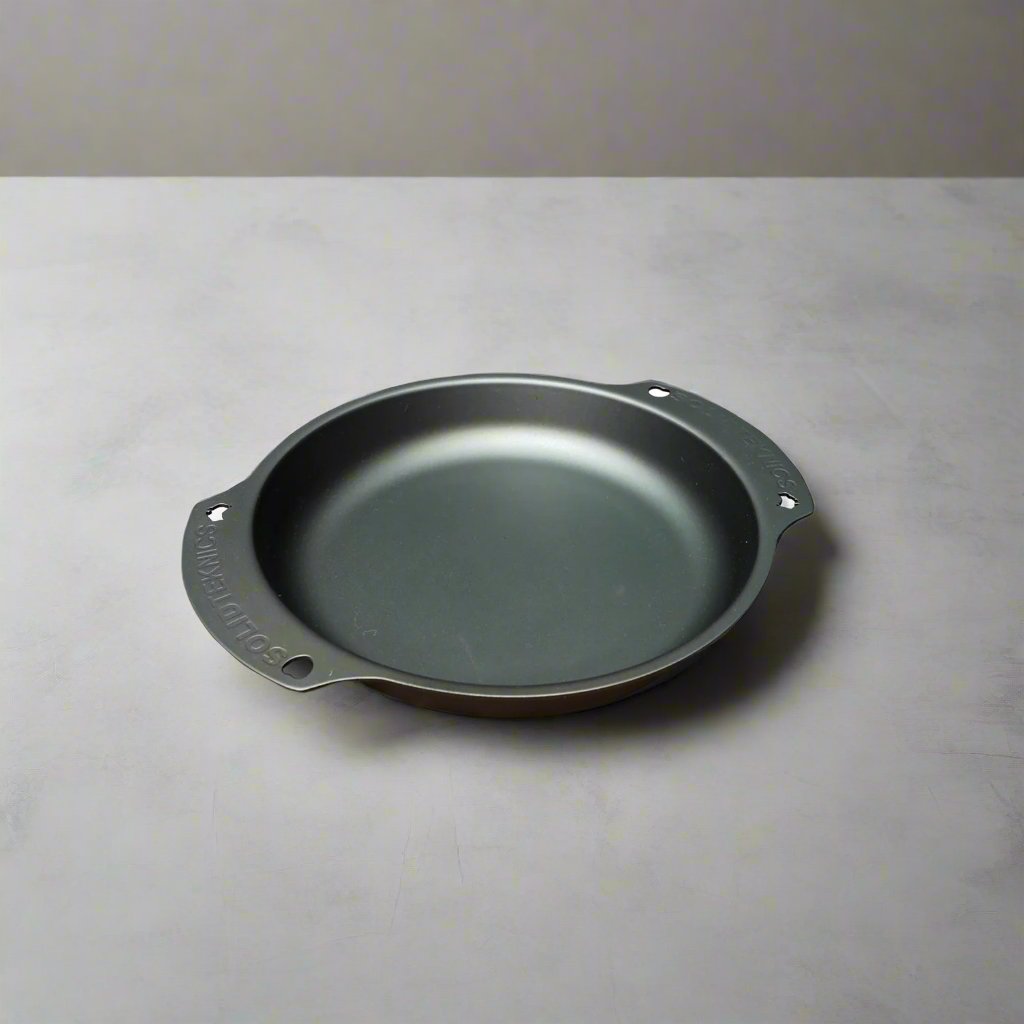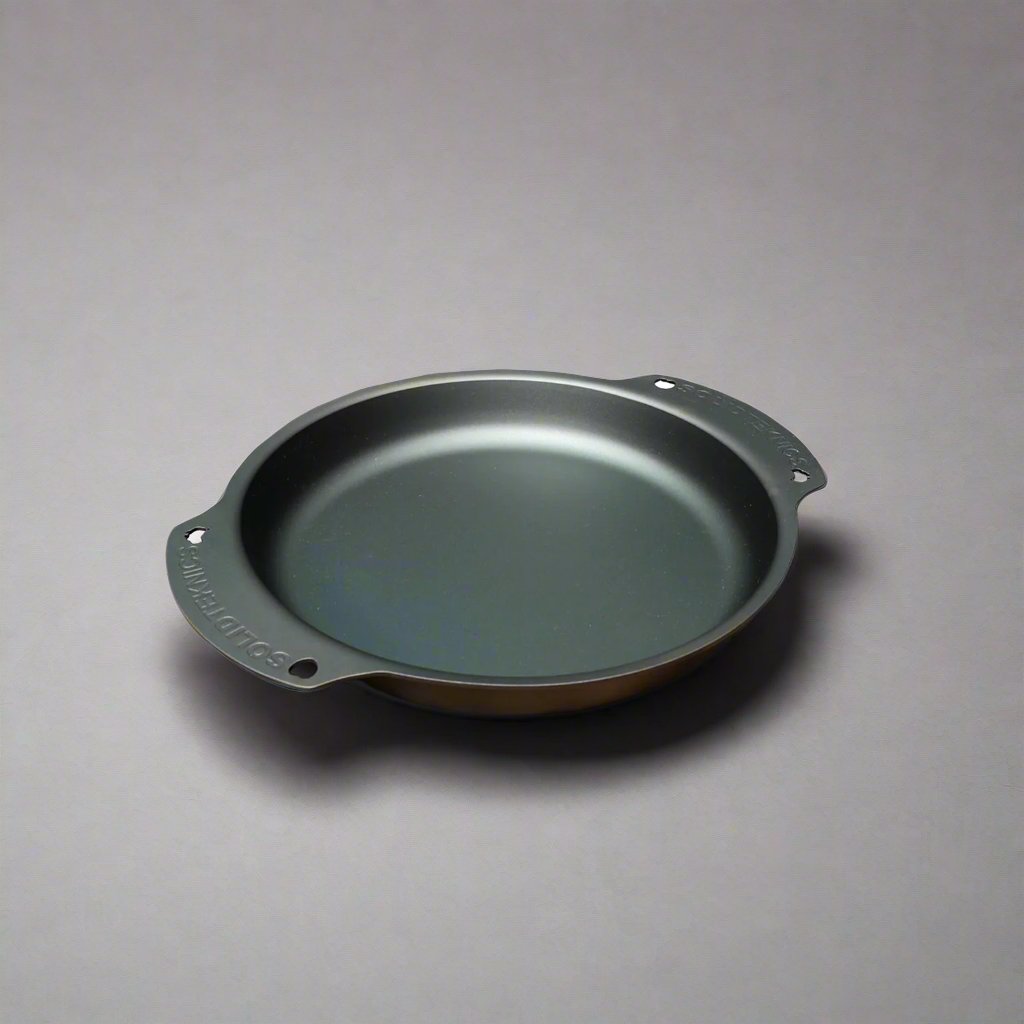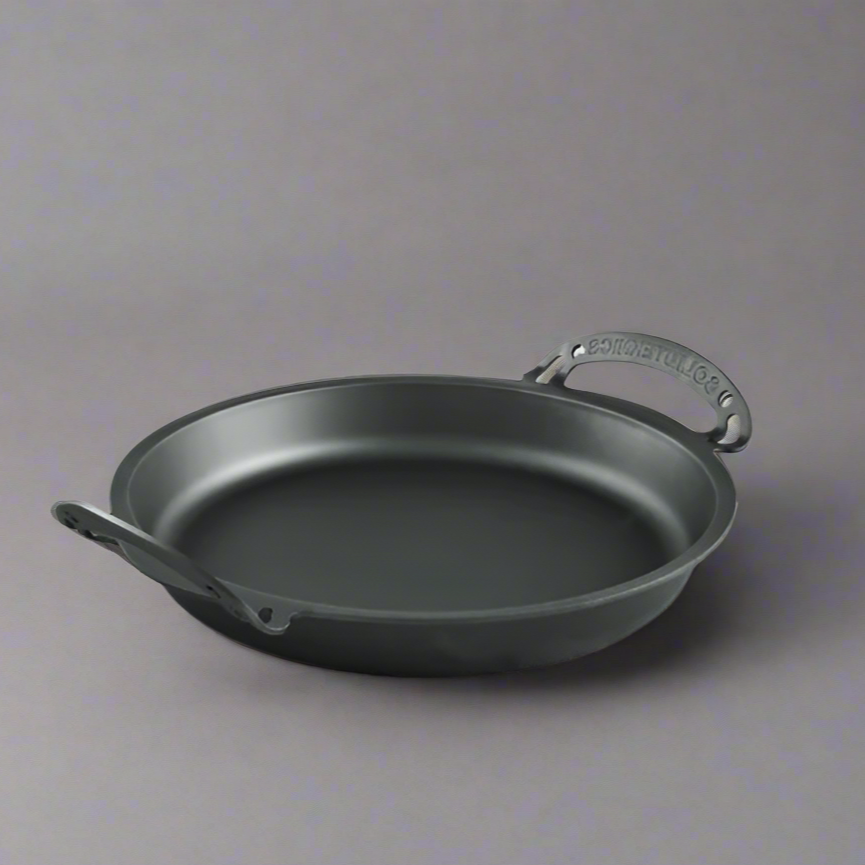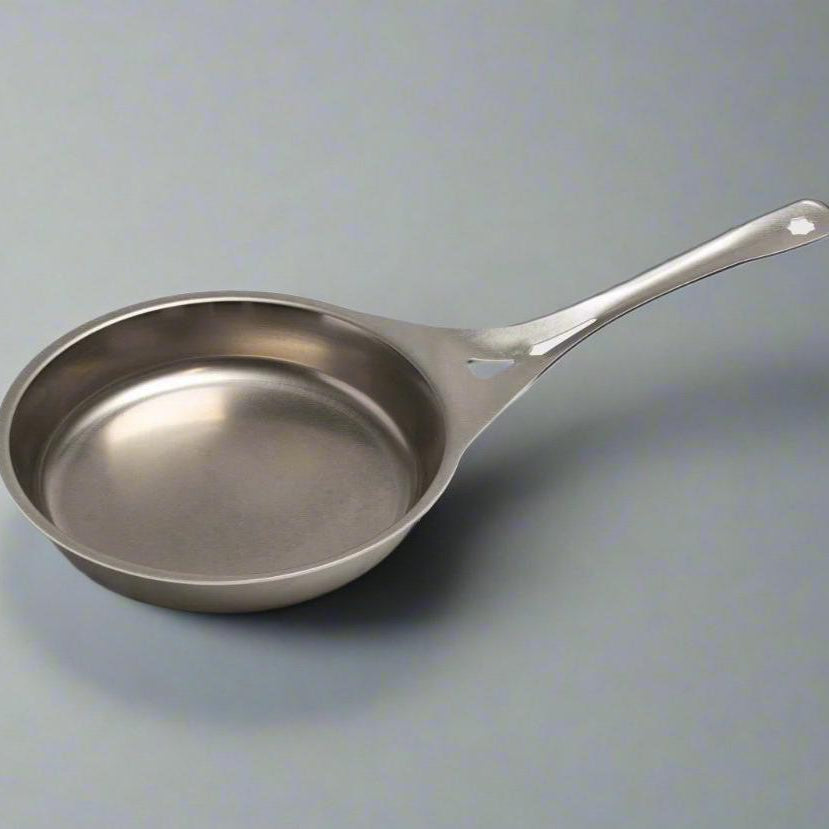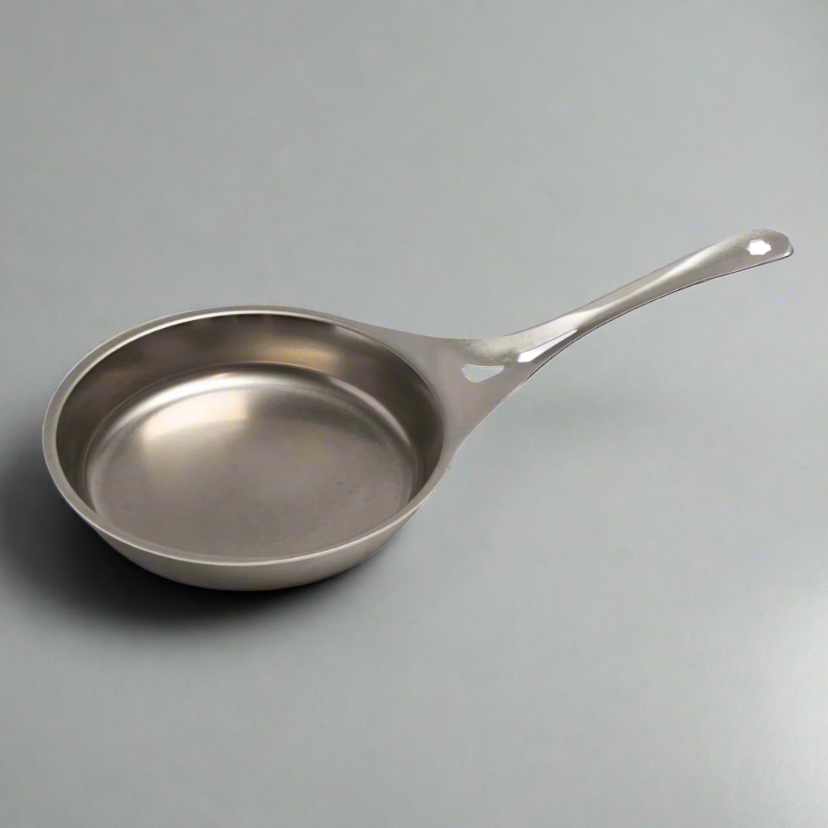Baking Lovers
Gifts for bakers who bake often – and mean it. This collection’s full of solid, well-made tools that feel good in the hand and last properly. From sturdy mixing bowls to cake stands that hold their own, these are baking gifts they’ll use again and again. A thoughtful pick for anyone who bakes with care and values kit that’s made to last.
Show next 1 items
Baking Gift FAQs
Which baking tools are truly buy-it-for-life?
The best buy-it-for-life baking tools are made from sturdy materials like stainless steel, cast iron or heavy-gauge aluminium. These don’t warp or rust easily and can handle years of use. Silicone bakeware is also long-lasting if cleaned and stored properly. Look out for tools with long warranties or lifetime guarantees - some go beyond 10 years. Replaceable parts are a good sign too. A chunky rolling pin, solid cake tin and stainless steel bowls will become old faithfuls in your kitchen. We only back tools that stand the test of time - here’s how we find them.
How do I care for and clean silicone bakeware properly?
To keep silicone bakeware in top shape, wash it by hand with warm soapy water - especially after oily bakes. It’s dishwasher safe, but hand-washing helps preserve its non-stick surface. Skip the scouring pads and sharp knives, as they can damage the silicone. For persistent smells or grease, soak in a mix of vinegar and baking soda. Dry fully before stashing it away. With a little care, your silicone bakeware will stay flexible, fuss-free, and a joy to use. Find more tips in our product care and repair hub.
Is non-stick bakeware safe to use for everyday baking?
Non-stick bakeware is safe for everyday baking if used correctly - stick to temps below 230°C and follow the manufacturer’s advice. The safest options use PFOA-free or ceramic coatings and list max temperatures clearly. Avoid metal utensils, which scratch and shorten the life of the non-stick layer. If the coating gets damaged, it’s time to replace. For something longer-lasting, try stainless steel or enamel trays - they build up their own non-stick qualities over time and handle higher heats like a champ.
Is silicone bakeware oven-safe and non-toxic?
Yes, quality silicone bakeware is oven-safe and non-toxic - just make sure it’s made from BPA-free, food-grade silicone. Most can handle heat up to 230°C without leaching any nasties. For best results, pop your silicone moulds on a rigid tray before baking so they don’t wobble or warp. Look for LFGB or FDA certifications if you want extra reassurance. Trusted by home bakers and pros alike, this material’s earned its spot in the kitchen.
How should I store my bakeware to keep it in good condition?
Store your bakeware clean, dry and far from damp cupboards or radiators. For non-stick or enamel bits, pop a cloth or liner between stacked items to avoid scratches. Silicone moulds are fine to nest or roll, but don’t squash them into corners or fold too tightly. Metal trays do best lying flat or standing upright. Give everything a bit of breathing space - decent storage helps preserve coatings, keep shapes true and avoid the faff of replacing warped gear.
What’s the difference between metal, glass and ceramic bakeware?
Metal bakeware is the all-rounder - great for browning, quick heat-up and everyday use. Glass holds heat beautifully, perfect for gooey pies or slow-baked dishes, but it doesn’t like going straight from cold to hot. Ceramic's ideal for even baking, especially bread and puddings, but it’s heavier and a bit more delicate. For long-term reliability, choose thick-gauge metal, heatproof glass or high-fired ceramic. All have their strengths, but for sheer toughness, metal often comes out on top.
Are enamel-coated baking trays safe and long-lasting?
Yes, enamel-coated baking trays are as sturdy as they come. The enamel finish, fused onto steel or cast iron, creates a hard-wearing surface that resists rust, scratches and staining. They're oven-safe up to around 260°C and don’t rely on chemical coatings. Use wooden or silicone tools and let them cool before cleaning to avoid thermal shock. With decent care, enamel trays can last decades - and many come with 5–10 year warranties. A fine choice for Christmas roasts and traybakes alike.

